The Hong Kong Circular City Map; 15 Local Sustainable Brands and Businesses

Is Hong Kong a sustainable city? As part of the 2023 edition of the Business of Design Week, we set out to explore the city's circular economy. We found, visited and portrayed 15 entrepreneurs who are doing things differently, with a keen eye for people, the planet and profit. We wanted to know what makes them tick and how they turn sustainability into a serious business in a city where money talks. At the outset, 'present-day Hong Kong' and 'environmentally conscious' seemed to be a bit of a contradictio in terminis. However, soon enough, we realised that an exciting future-oriented layer is currently unfolding amidst the tall skyscrapers in the urban jungle; previously hidden and fragmented and now ready to be explored — and expanded. The energy running through these circular ventures is highly contagious. We learned a lot from these groundbreakers and game-changers. We felt their passion and pain and learned how they overcome mistakes and celebrate success. We hope this can inspire others to join Hong Kong's circular journey.
Mapping the State of Sustainability
In a circular economy, materials and products never go to waste. Instead, they are shared, leased, reused, repaired, refurbished and recycled for as long as possible. We wanted to find out what is happening in Hong Kong's circular economy, and we found—perhaps unexpectedly—quite a few interesting things happening in town when it comes to reducing and reusing resources and closing loops. From start-ups and well-established brands to the government and educational institutes, initiative is taken on all fronts. For this circular map, we selected from a wide range of initiatives across sectors and across industries by seasoned business leaders and among new generations. We got to meet inspiring people finding their way through the challenges of working with new materials, in new ways, and with new alliances. They are learning by doing, with curiosity and admirable perseverance.
We travelled across the city and to all corners of the territory, from the waters around Ap Lei Chau to sky-high buildings in Central and from a back alley in Tsim Sha Tsui to an industrial site in Tuen Mun. Hong Kong has so many different sides, and this circular map shows some hidden gems that make the urban fabric shine. Some initiatives on the map are world-class innovations, while others are the first explorative steps on a journey to optimise the use of resources and minimise waste. Small steps can make a big impact if we take them together is one of the apt quotes on the map. And so, we believe it is. These 15 pioneering efforts give a taste of circularity in Hong Kong, but by no means this is a complete list. More things are happening than can be mapped, and we can't wait for the map to grow and expand.
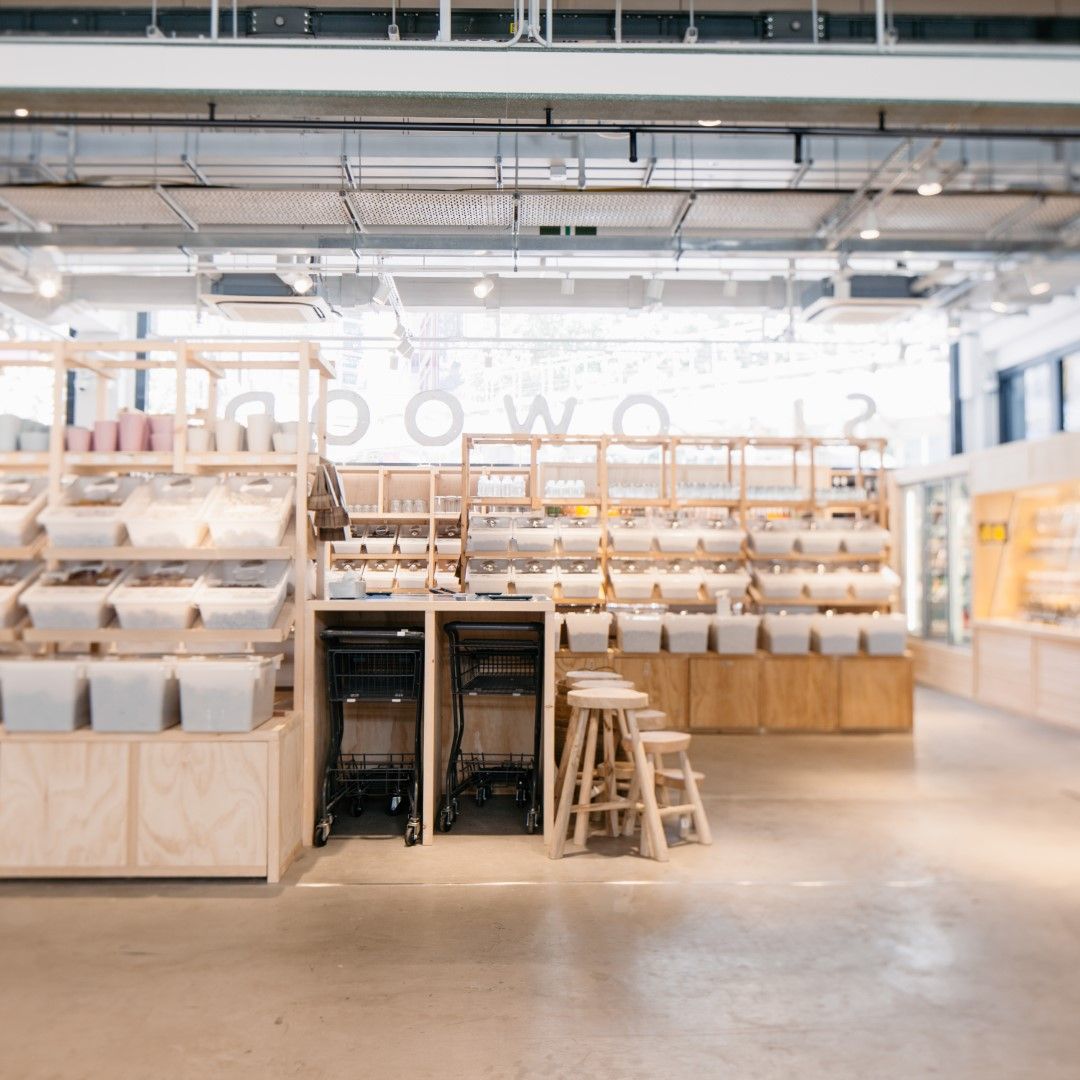

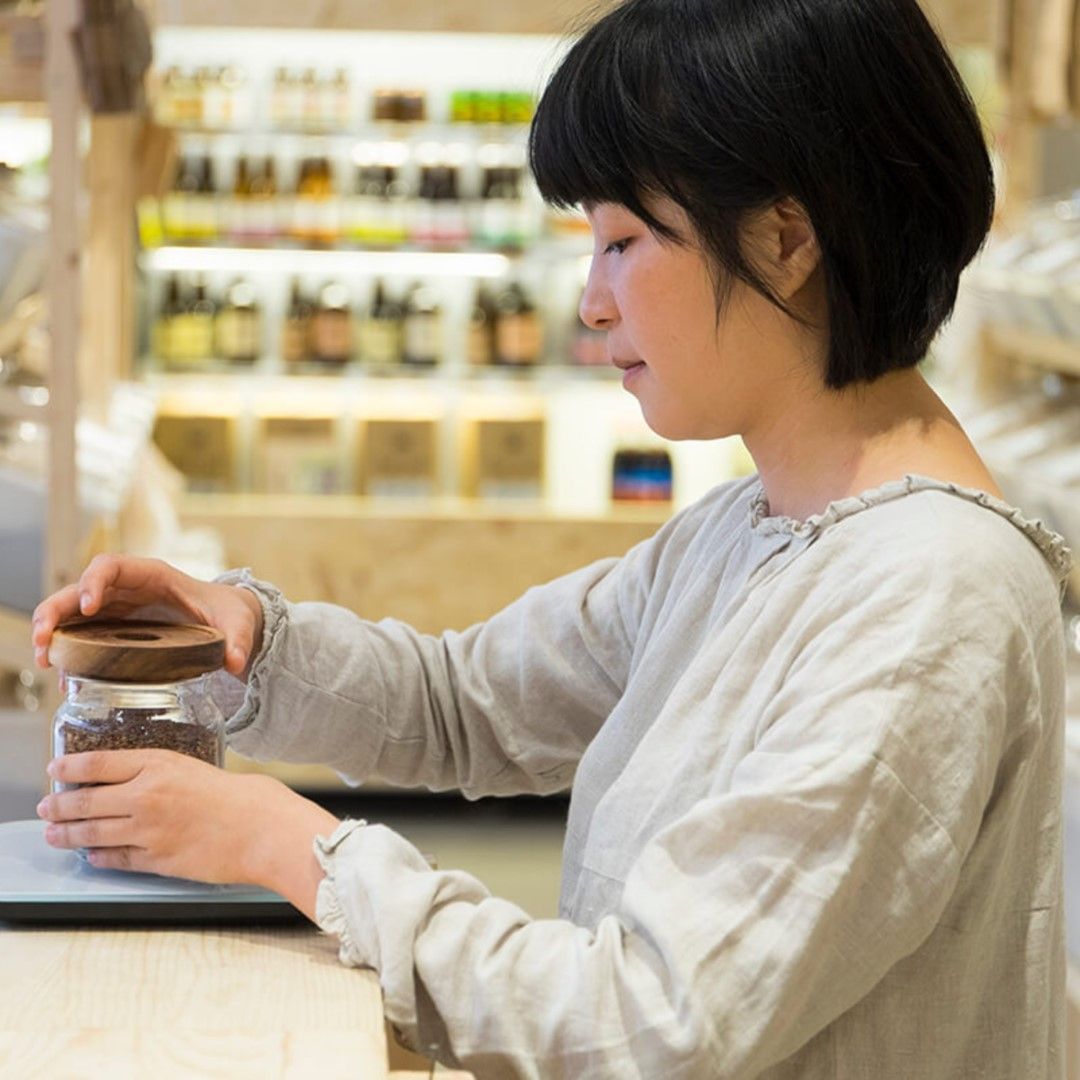
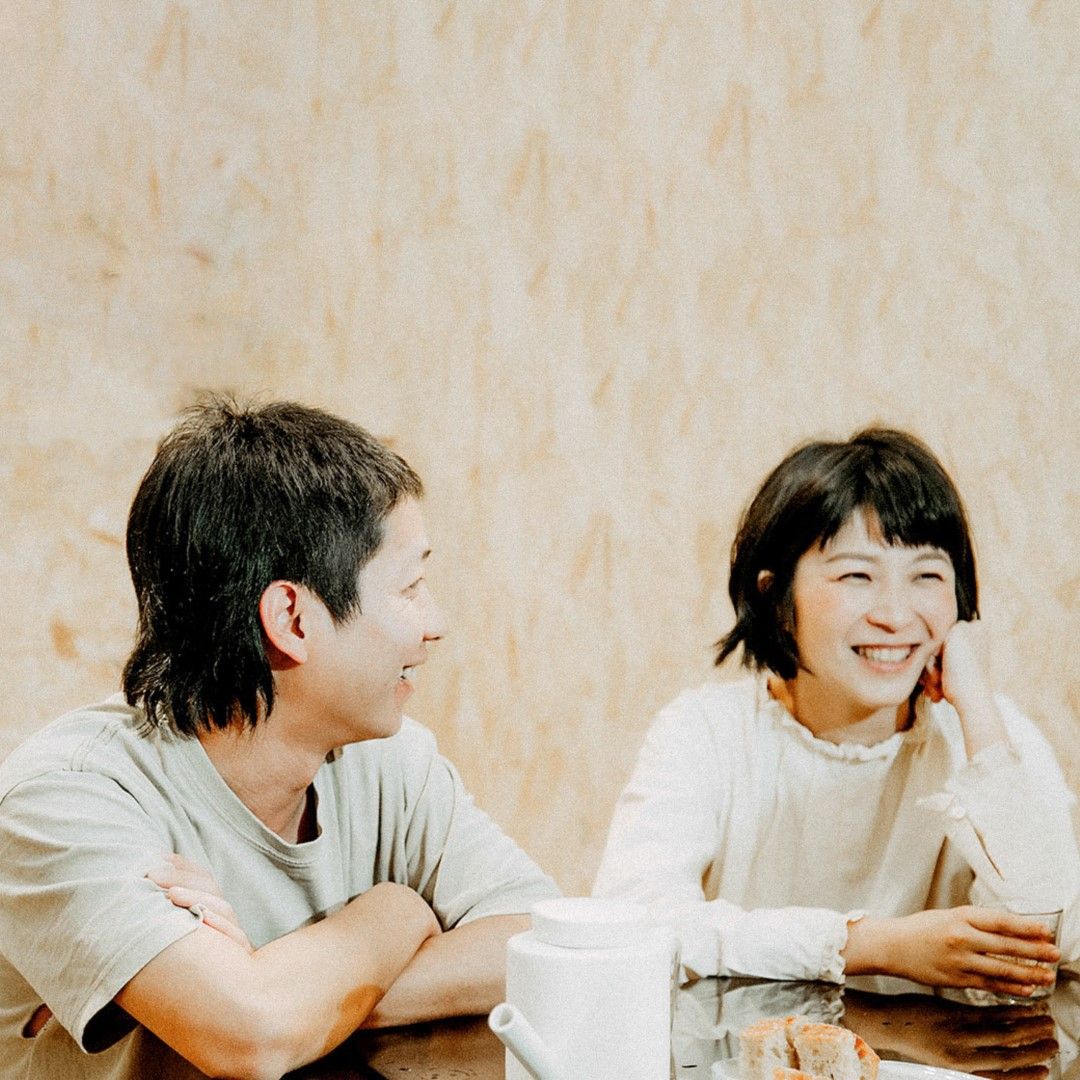

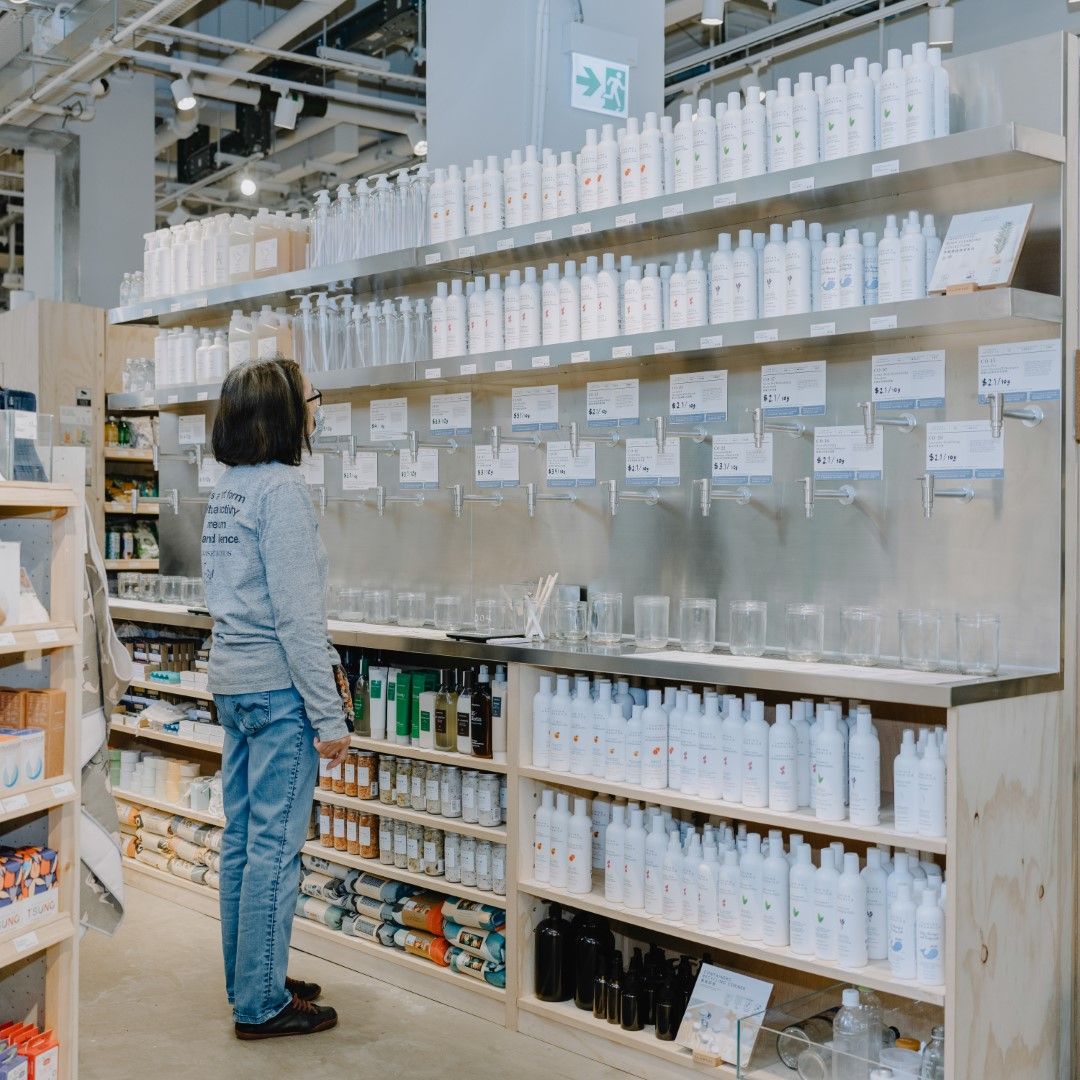
Small steps can make a big impact if we take them together.
The concept of conscious production and consumption may be new to the city but is quickly catching on, which is evident from the success of Slowood. Dora Lam and Jeff Chen started this chain of package-free shops because they wanted to slow down their fast-paced Hong Kong lives and act towards a better world for their children. All their products are natural and organic, without ingredients that harm the planet or your body. With stores in Central Market, Shatin and Kennedy Town, Slowood is fast gaining traction. The in-store experience appeals to a wide range of customers beyond the eco-warriors. That is exactly what the brand aims for, to meet people wherever they are on their eco-journey: making an impact is about millions doing a little. Founder Dora Lam shares: "Making sustainable alternatives to conventional products more affordable and convenient to purchase is at the heart of what we do."
Another highlight in our journey of circular discovery was The Harbour School's award-winning seaweed farming project. Seaweed is widely used and grown in most of Asia, yet not commonly in Hong Kong. The Harbour School's seaweed farming project is a first-of-a-kind in the city where students learn about seaweed and build a seaweed farm deployed to sea and used to teach real-life skills in marine science, weather analysis and technical design skills. It is a real collaborative effort, lining up the entrepreneurs of the future. Dean Lea, Foundry Specialist Teacher, explains why what they do is important. "By living it—not just talking about it, but actually doing it—students really grasp the concepts of circularity and remember them, even after some time."
Seaweed farming is zero-input, zero-waste farming.
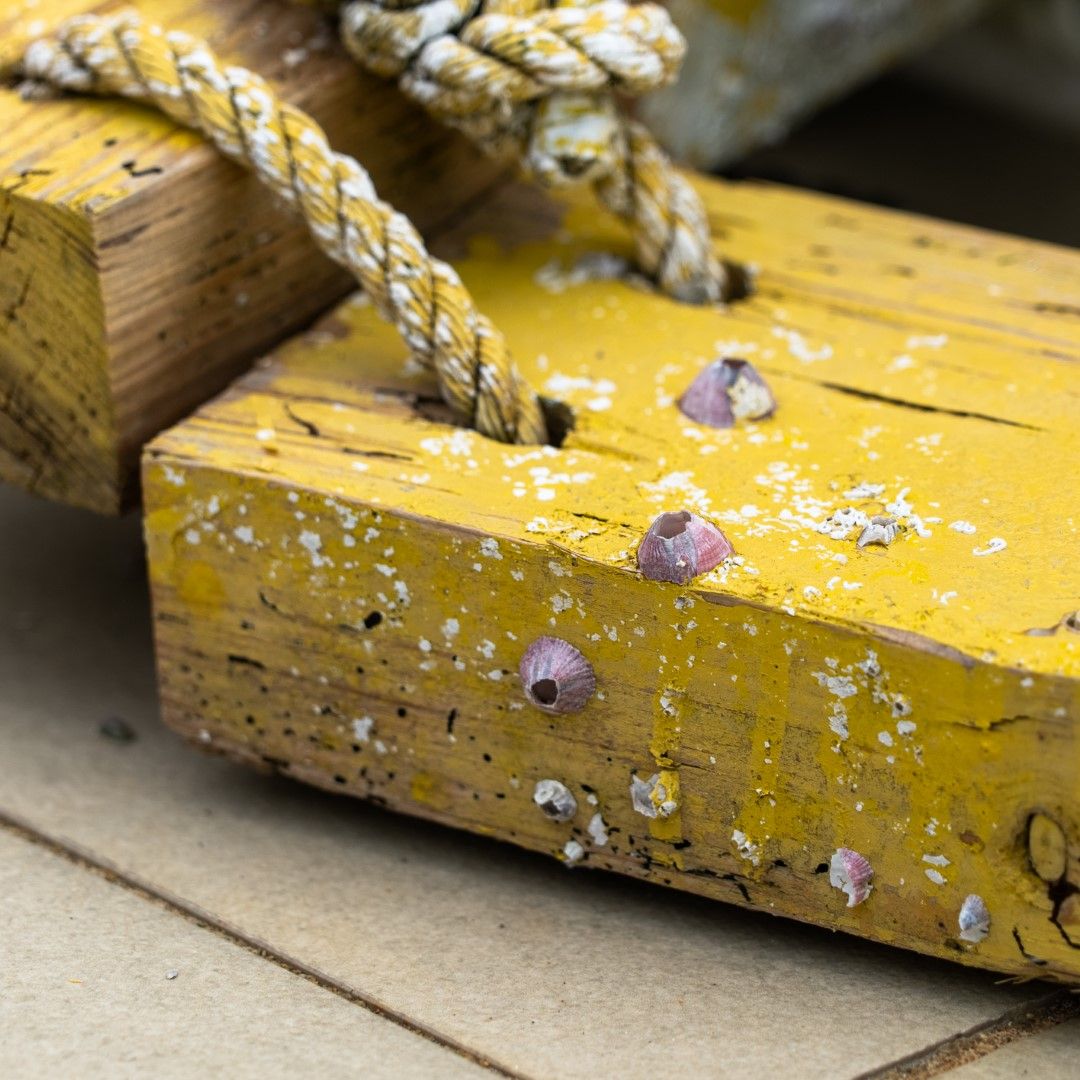

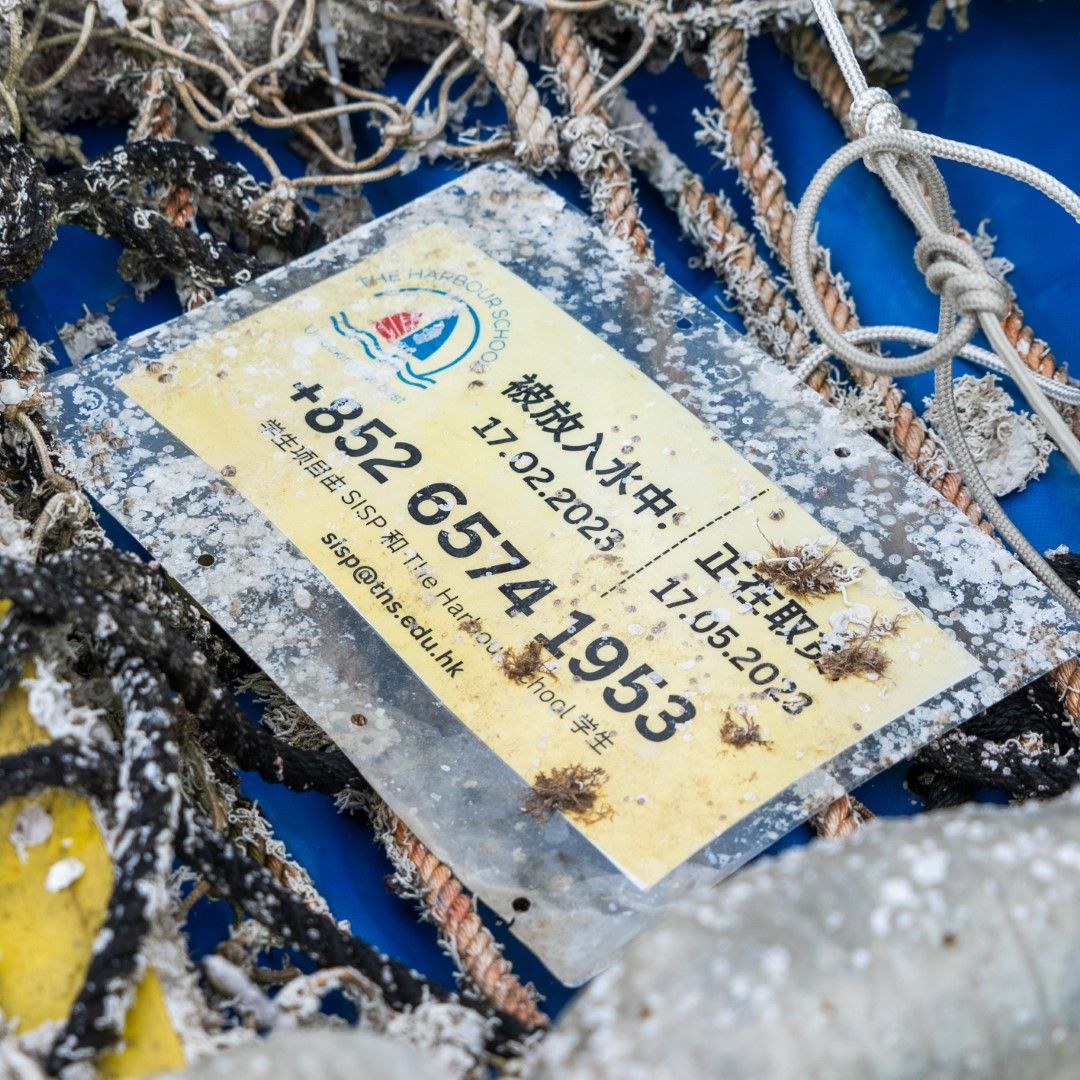

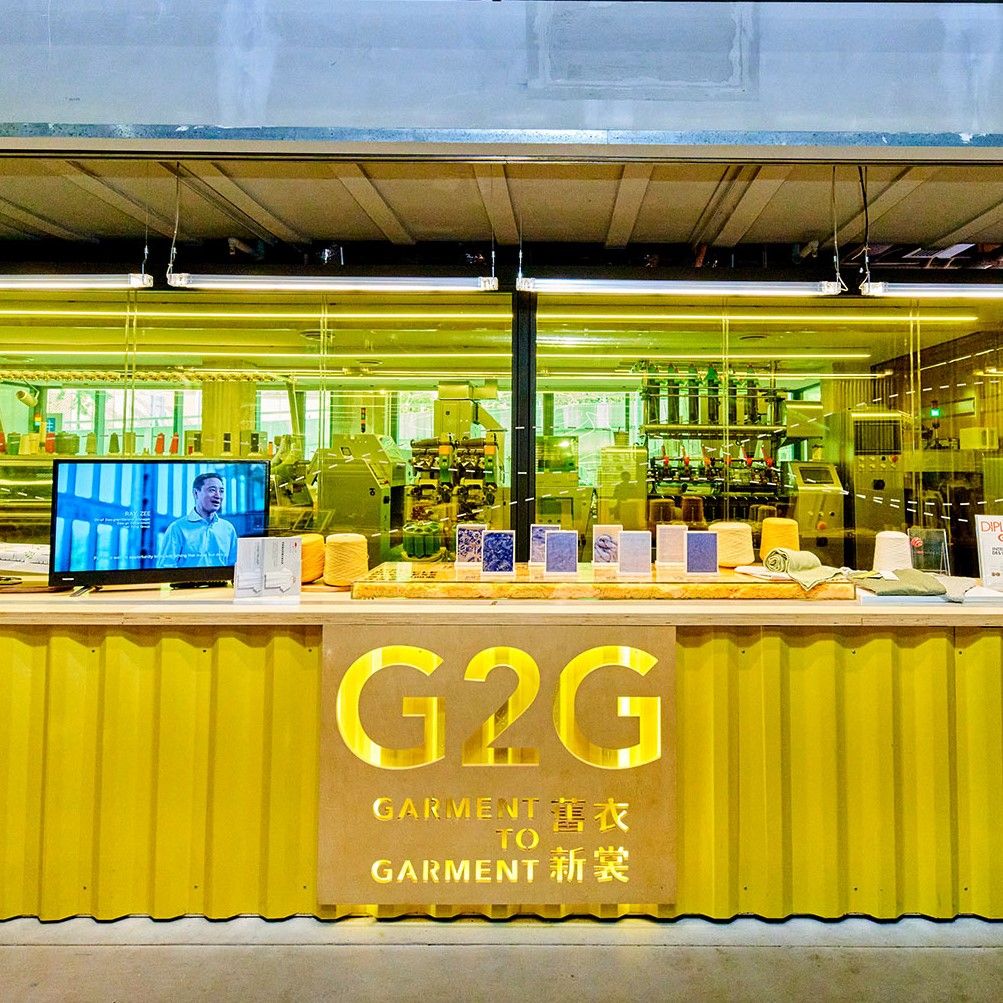

REUSE
An exciting example of reusing and recycling is the Garment 2 Garment by the Hong Kong Research Institute of Textiles and Apparel (HKRITA) at The Mills in Tsuen Wan. Garment 2 Garment is a groundbreaking innovation that turns the fabric of old garments into fibres from which new clothes are woven. In a process that can be looped endlessly, the system creates completely new, stylish clothing from post-consumer garments. It works wonders and is super compact: the system operates within a 40-foot container, making it easy to install and adapt to various spaces like shopping malls.
People might not realise it, but this is possibly the most exciting circular innovation in Hong Kong!
The Mills itself is also a showpiece of reuse, a successfully recycled building that is rare in Hong Kong. Dating back to the city's manufacturing heydays, the 1950s cotton mill was once the heart of the Nan Fung Textiles Emporium. The group has transformed the disused mill into a design hub that celebrates the city's industrial history and provides a different sort of 'shopping experience' with some innovative and creative retail brands.

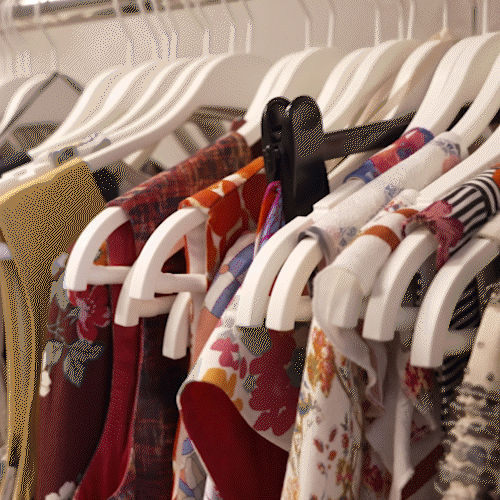
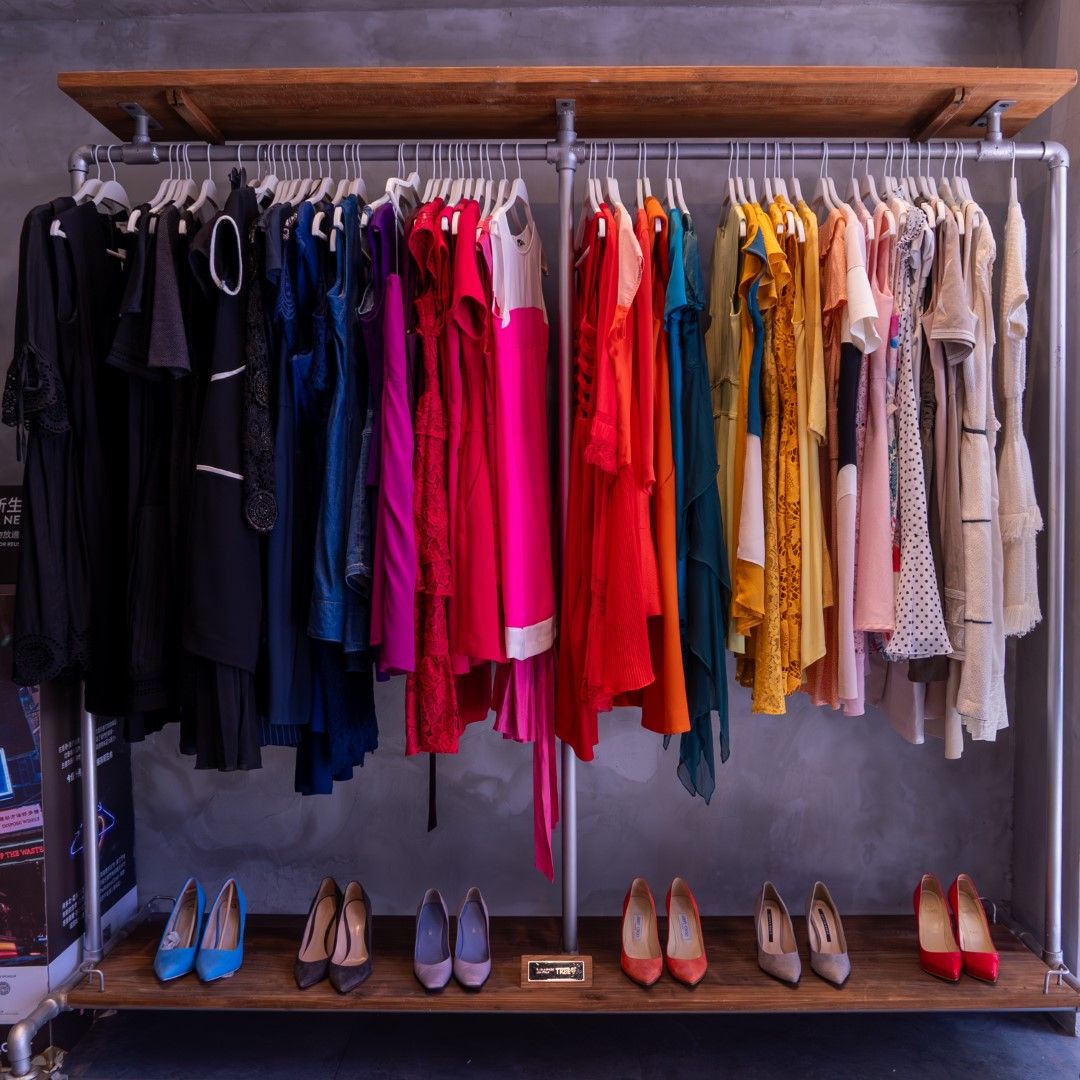
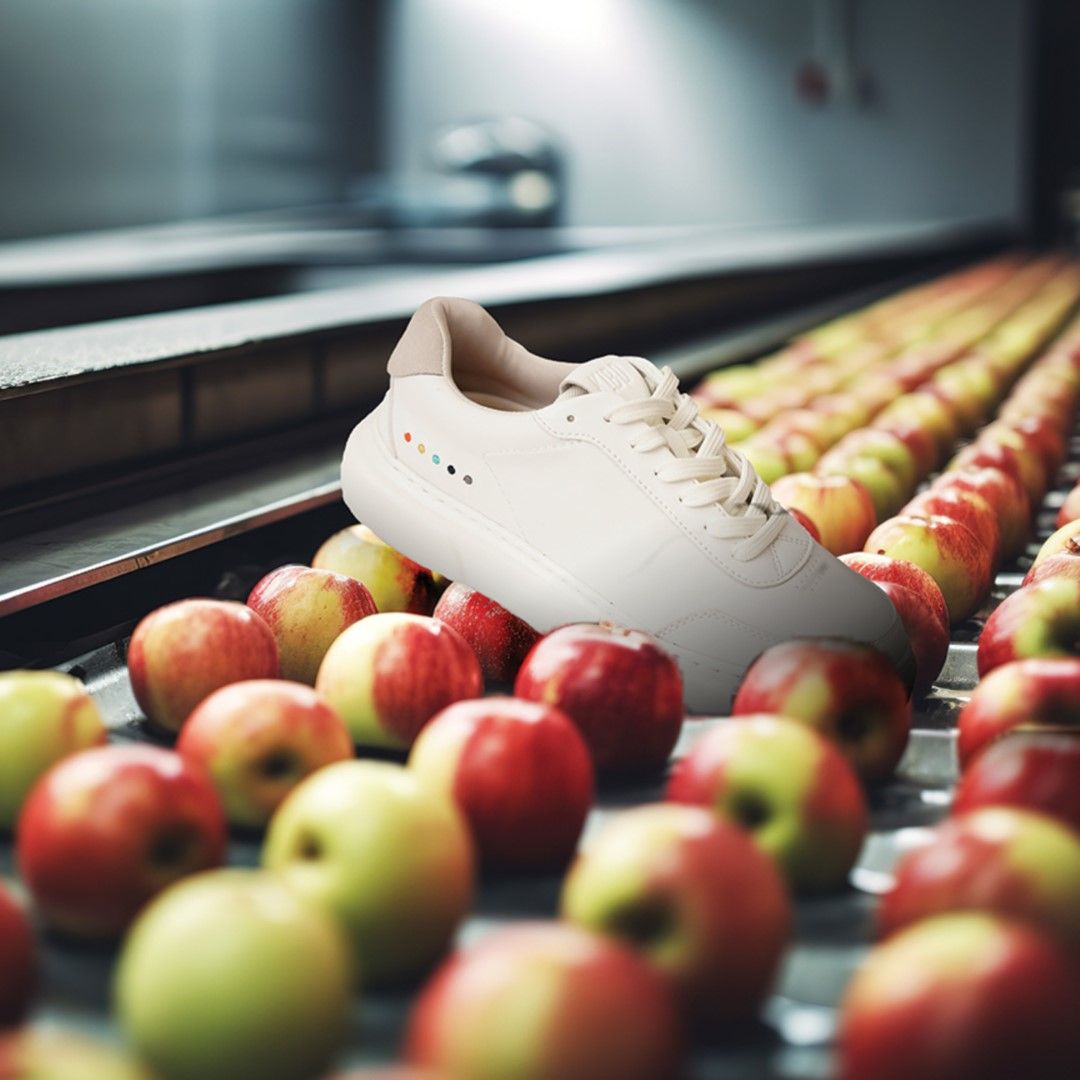

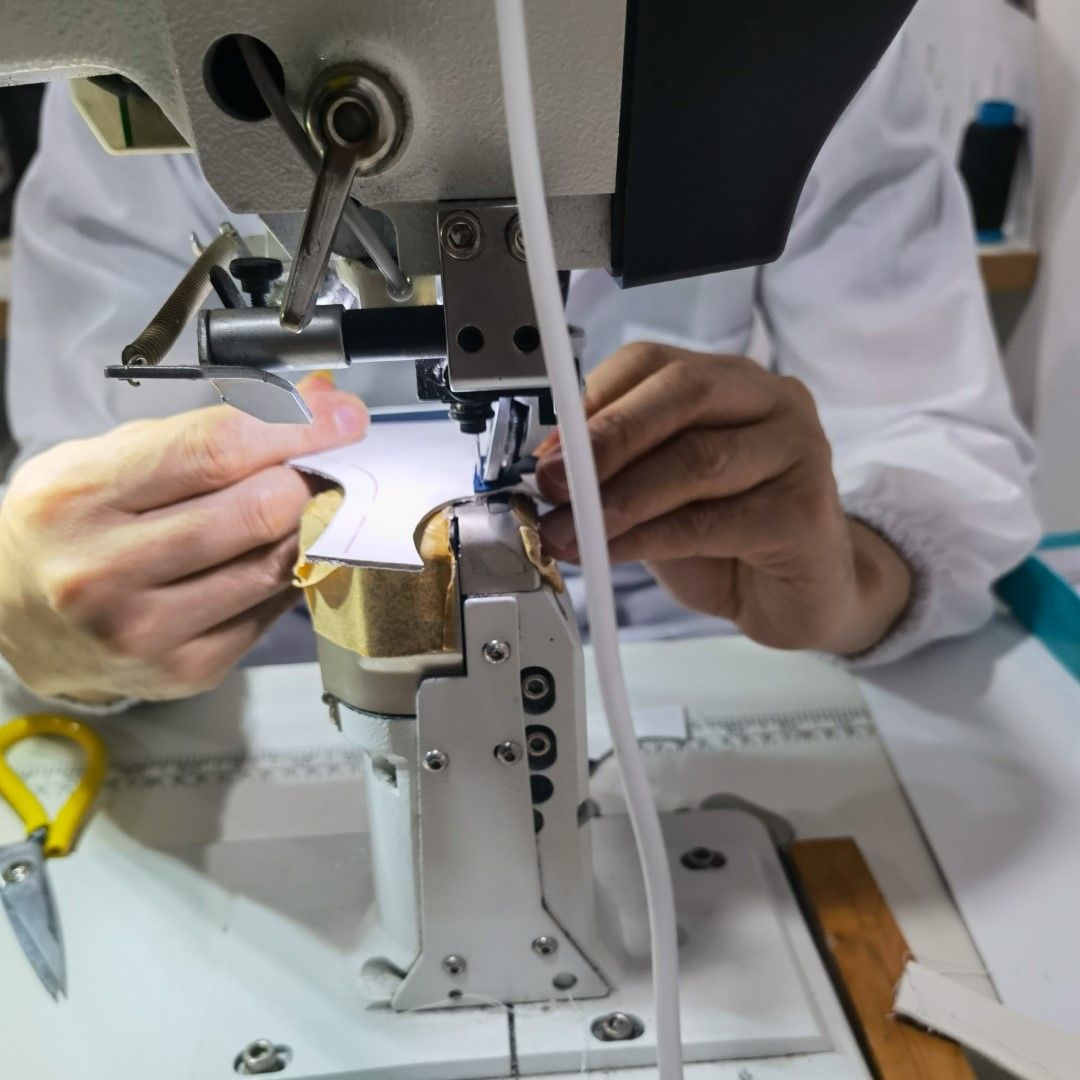
REDUCE
Reducing the use of resources is key when it comes to circular design. Several inspiring examples of local businesses tap into waste streams as a new resource. For instance, at Conspiracy Chocolate, an ambitious bean-to-bar chocolate factory in Wong Chuk Hang, roasted cacao husks make for tea, and their syrup mixes delicious cocktails. At Michelin-starred restaurant Amber, left-over frying oil is turned into biodiesel for Aberdeen fishing boats. KIBO (Japanese for 'hope') is a local, sustainable sneaker brand that crafts cool and comfortable sneakers from up-cycled materials. They use surplus leather, plastic bottles, and apple leather made from waste from juice farms.
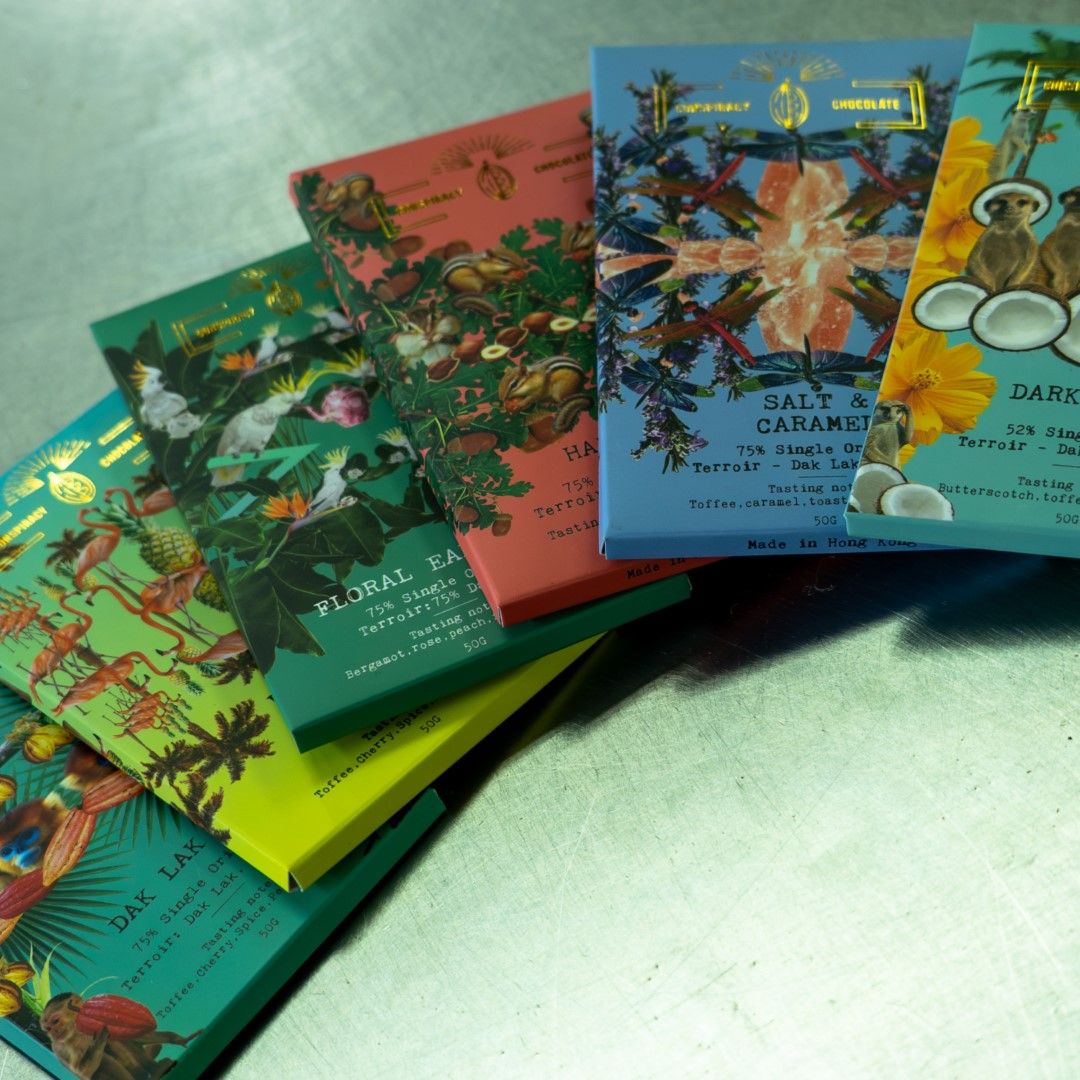




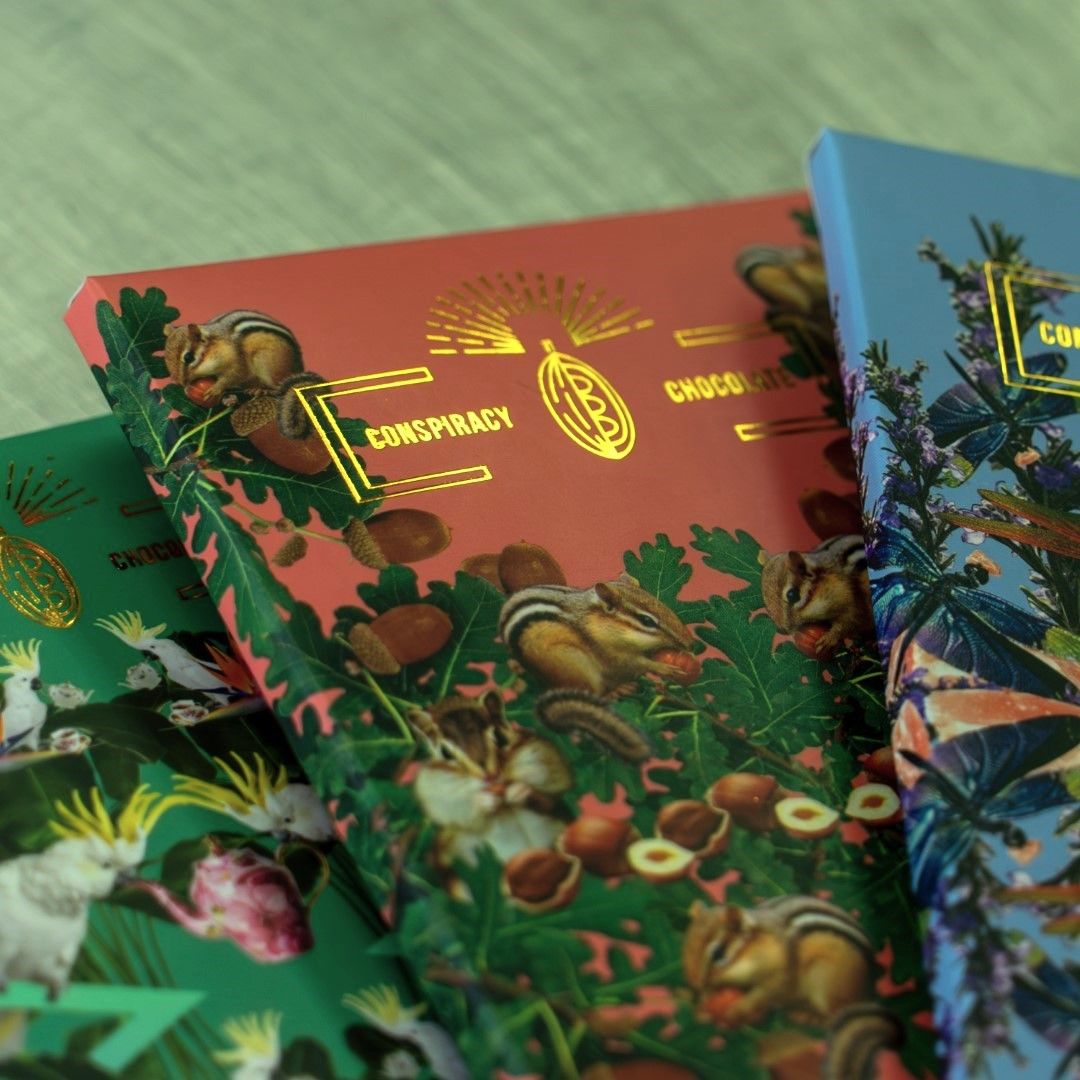
RECYCLE
Recycling is in Hong Kong's DNA. Small repair shops can be found at every street corner, dating back to the days when this was a poor immigrant's city. The old-school craftsmen at the helm breathe new life into almost anything: clothes, televisions, computers, and even designer handbags. Denny's atelier is tucked away on the 15th floor of a busy Tsim Sha Tsui side street. The small space is jam-packed with leather straps, buttons, clips and his favourite tools. Denny started working with leather when he was just a boy, and throughout the years, his atelier has moved around quite a few times. Like musical chairs, he was pushed and pulled by Hong Kong rents and landlord dynamics. Yet, people know where to find him when they need their bag repaired.

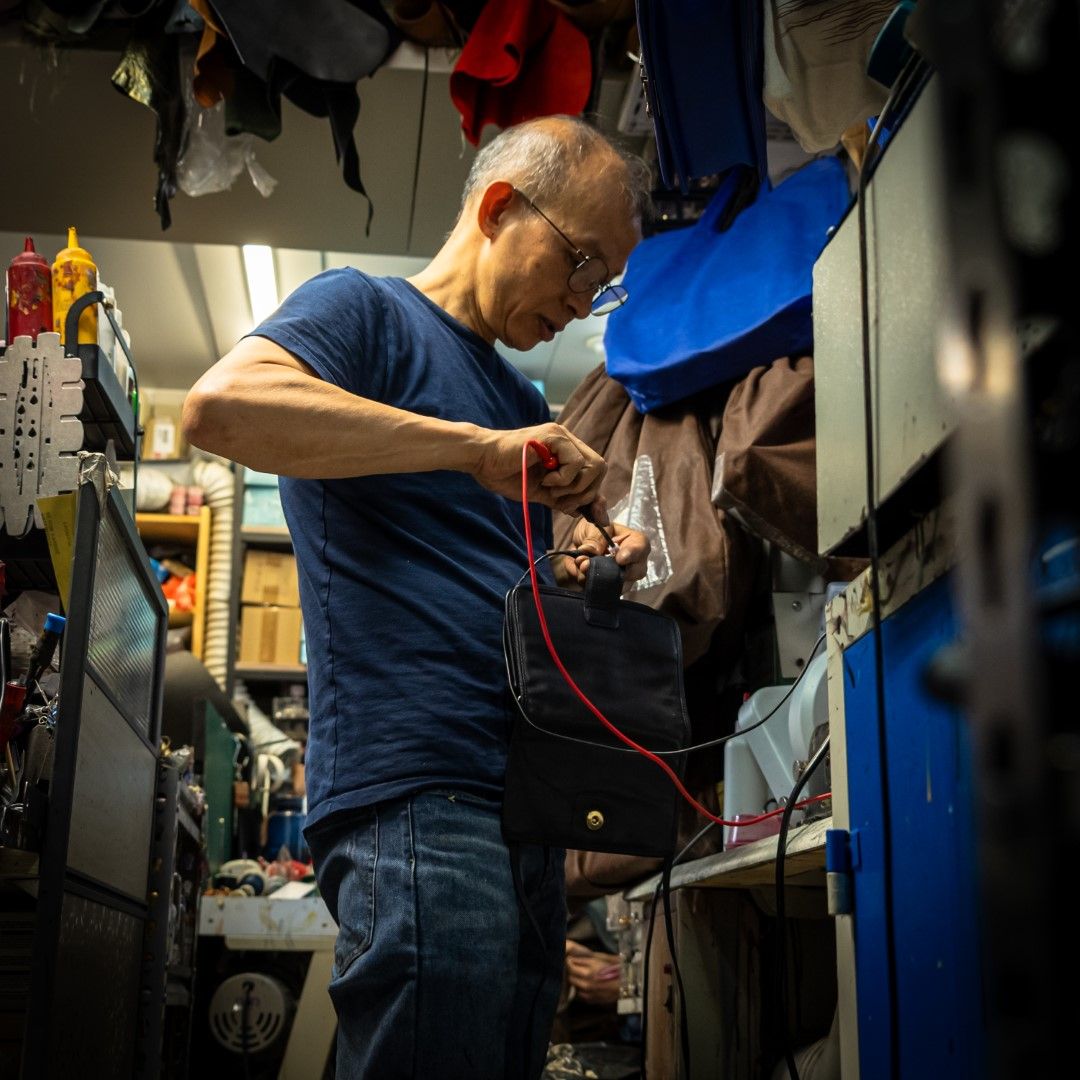
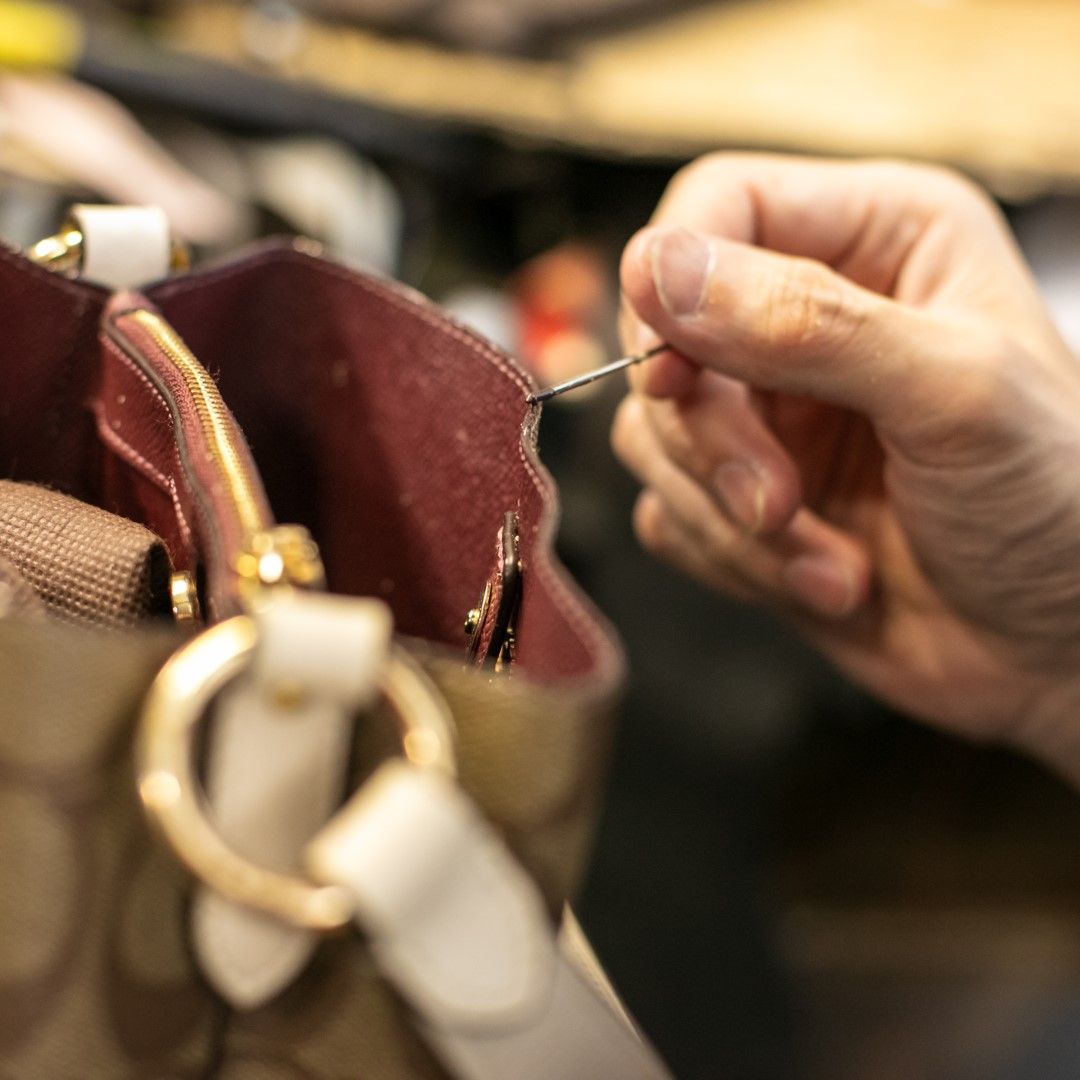
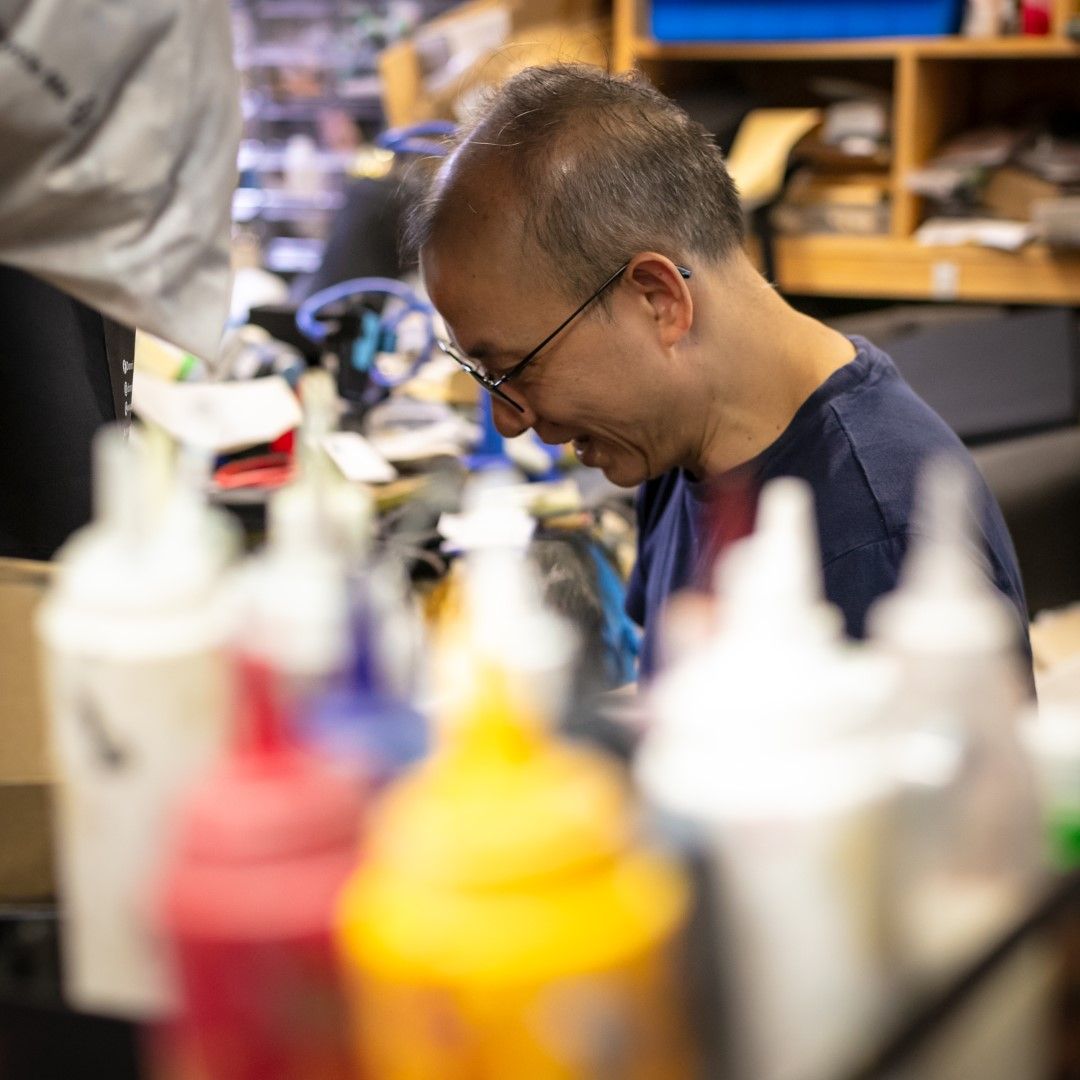
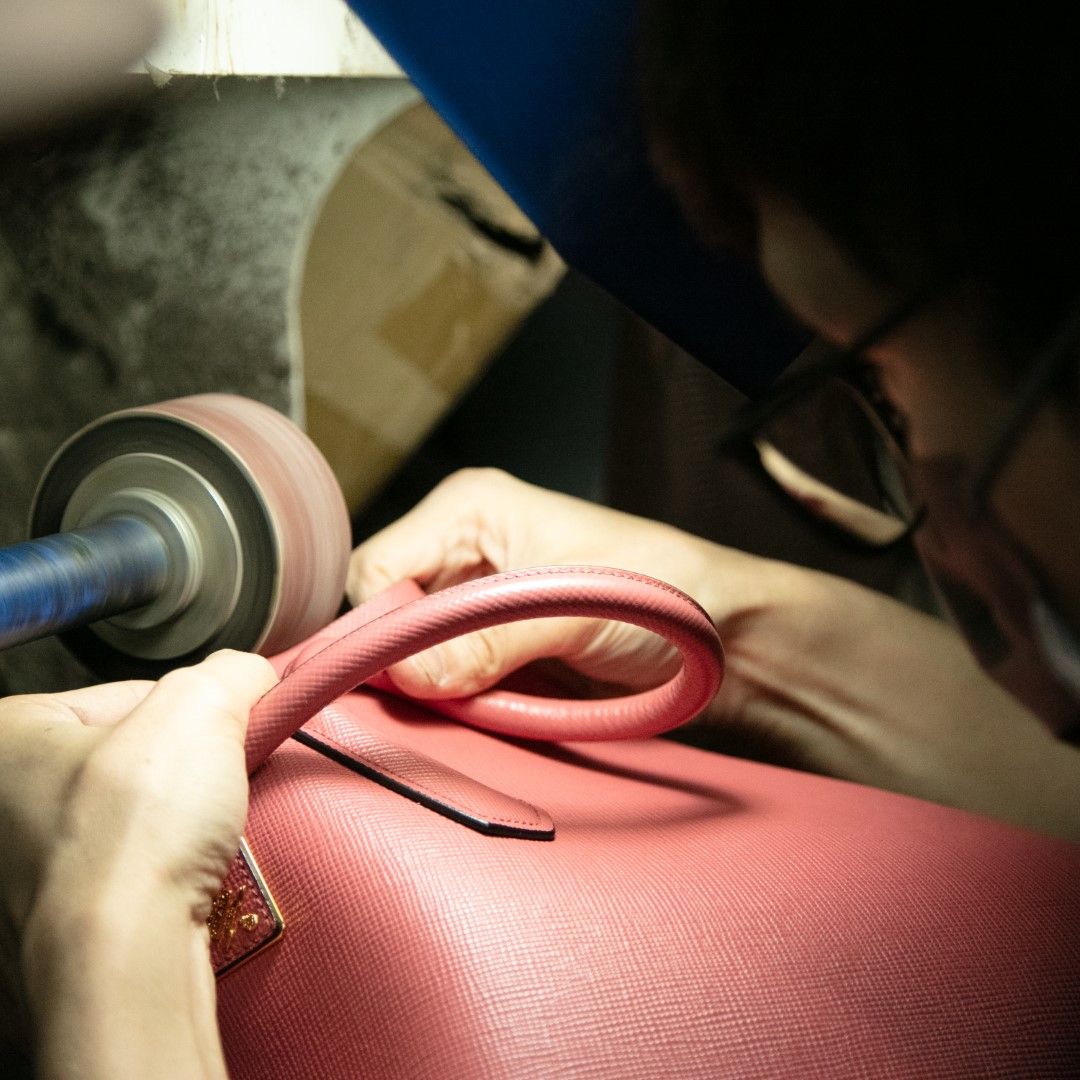
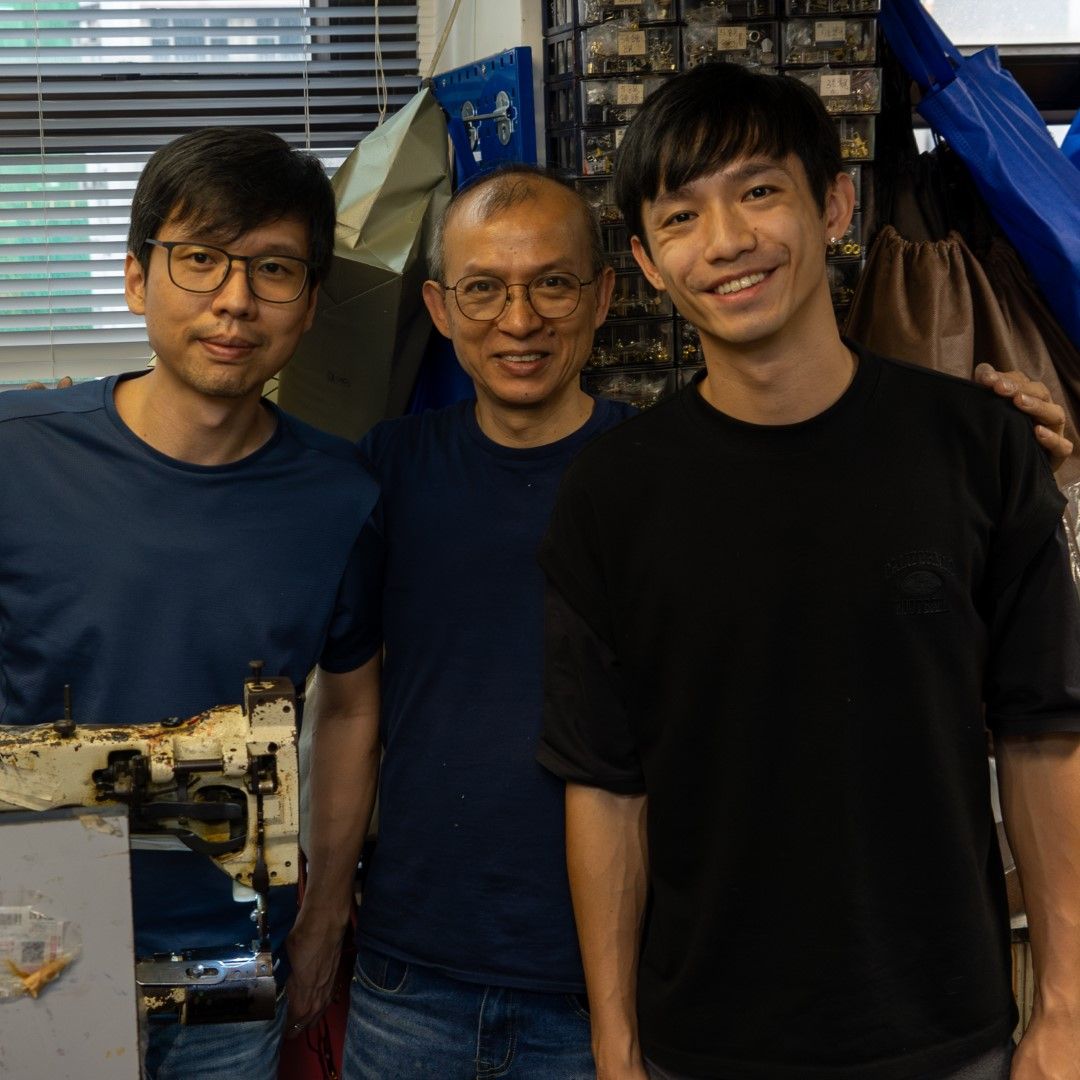
Timber was never meant to be wasted.
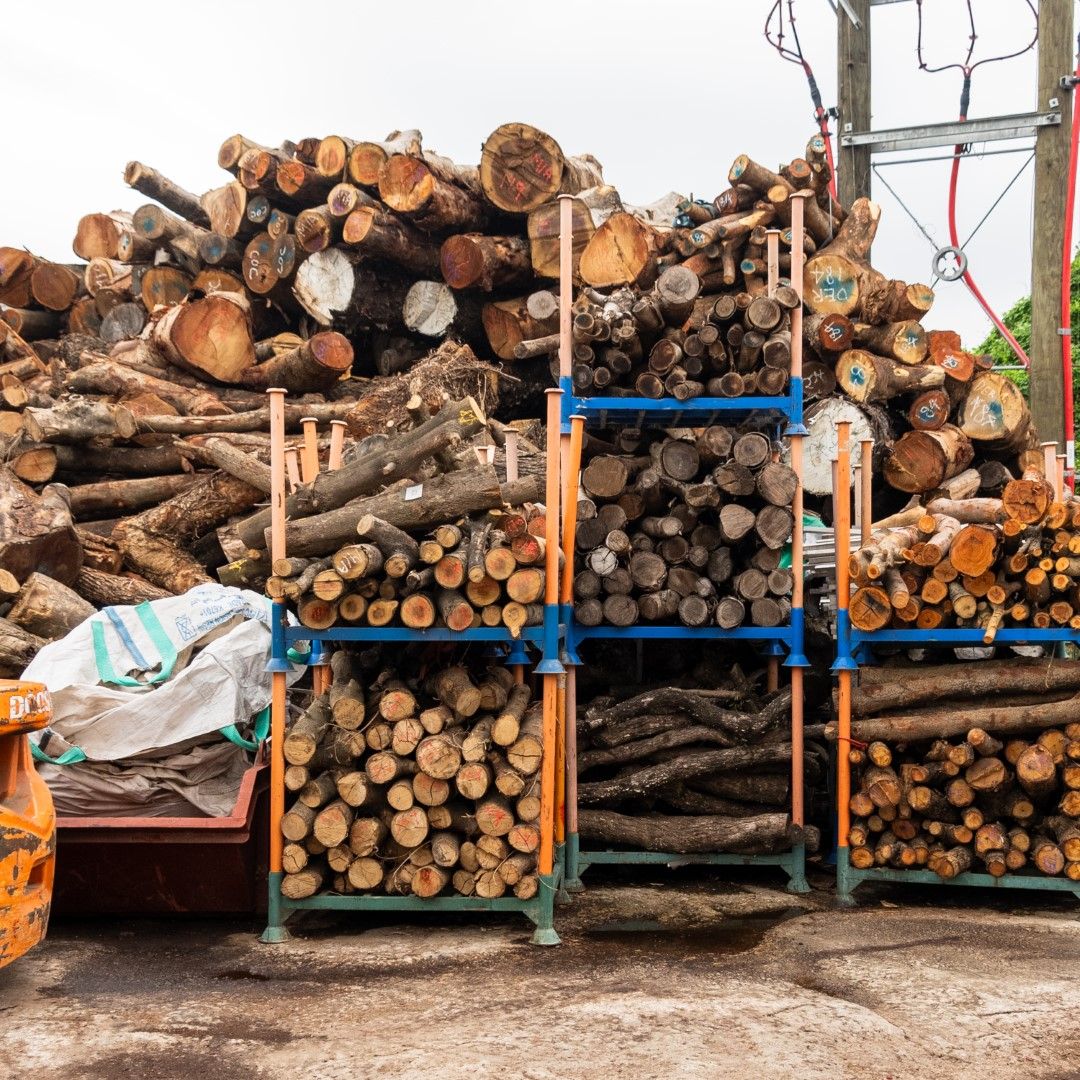
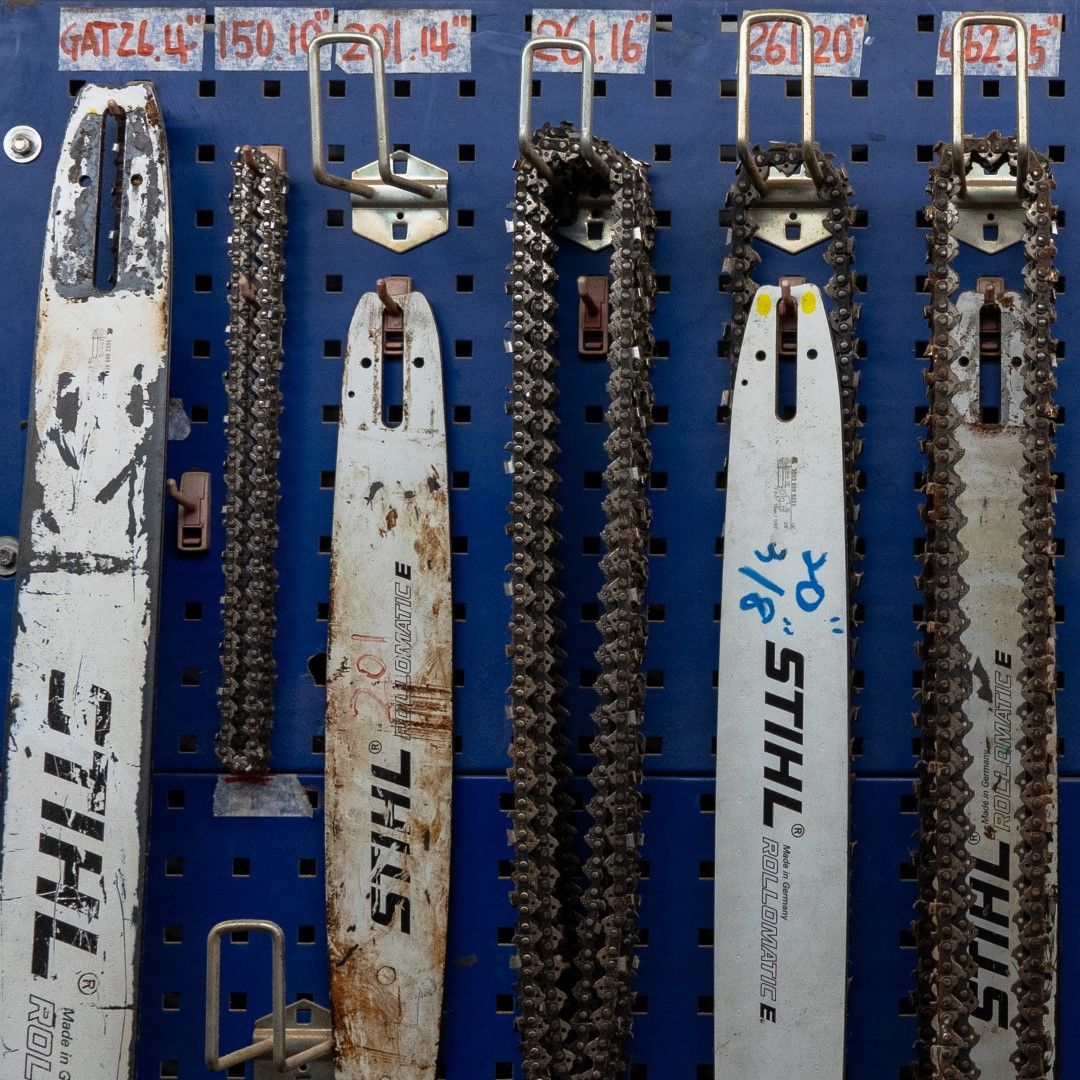

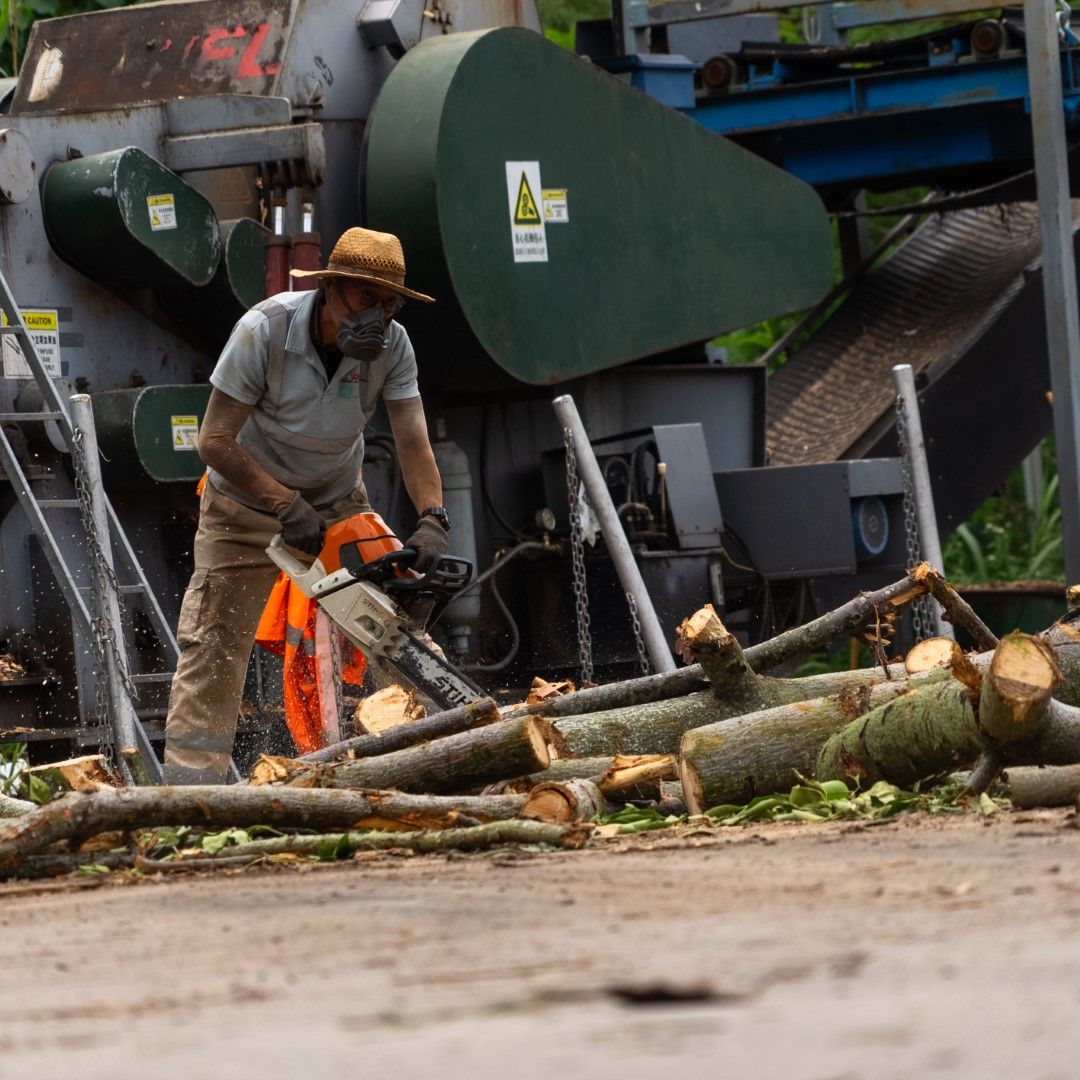


Sometimes, unexpected hazards turn into an opportunity. The trail of trees felled by super typhoon Mangkut in 2018 struck a chord with architect Ricci Wong. When asked to create a bench for the Kung Yim Tin Tsai Art Festival, he used a salvaged tree from the island. Dedicated to the Hakka history, the wooden bench was meant for fishermen's safe homecoming, '埋舟', which literally translates as 'sailing boat touching home base'. This small artist benchmarked the beginning of HK Timberbank, a company in Yuen Long that turns old trees into interior design pieces, or as Ricci puts it, "Timber was never meant to be wasted."
The designers of GAAU1UP let recycled plastics spark their imagination. It was 2016, and the young designers were looking for a cool, new material that was not used by many. They bought a shredder and started experimenting with melting used plastics and turning them into something new. In those days, recycling and the separate collection of waste were non-familiar in Hong Kong. Every Saturday, the team sat in a local recycling station to collect plastic, slowly figuring out which types are best to use. These days, the team gets a steady supply from a few recyclers around town, like a local optician who collects used contact lens boxes, straws and other packaging from retail shops, sorted plastic from Green@Community, and—thanks to the ending of the pandemic—huge piles of surplus masks from a local NGO. Plastic waste becomes art installations, incredibly cool chairs, tabletops and all kinds of fun gadgets at the hands of the GAAU1UP team. Their designs can be found around town, including the Green Bitch in Tsim Sha Tsui. And at the end of their life cycle, all these creations can be fully recycled into something new.

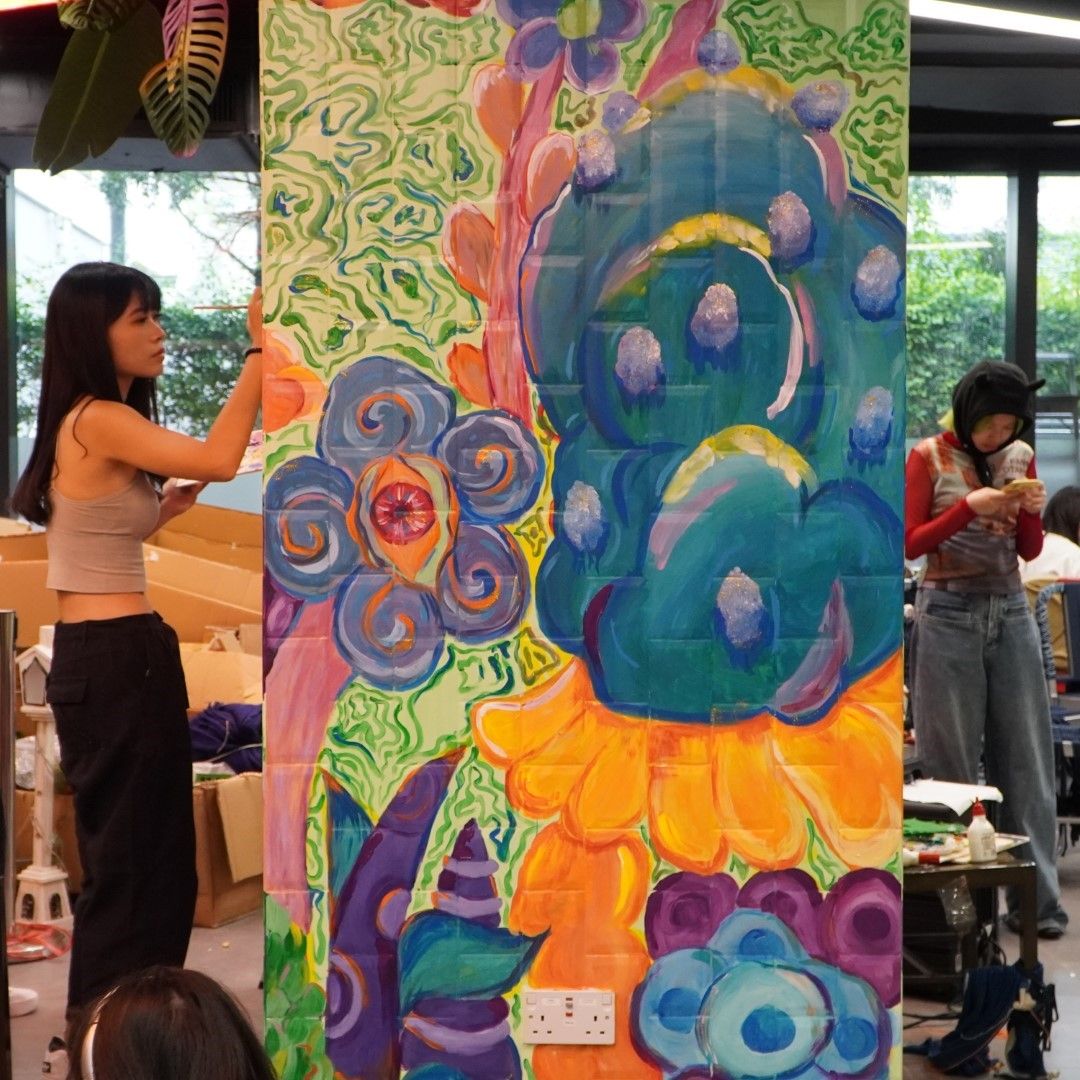
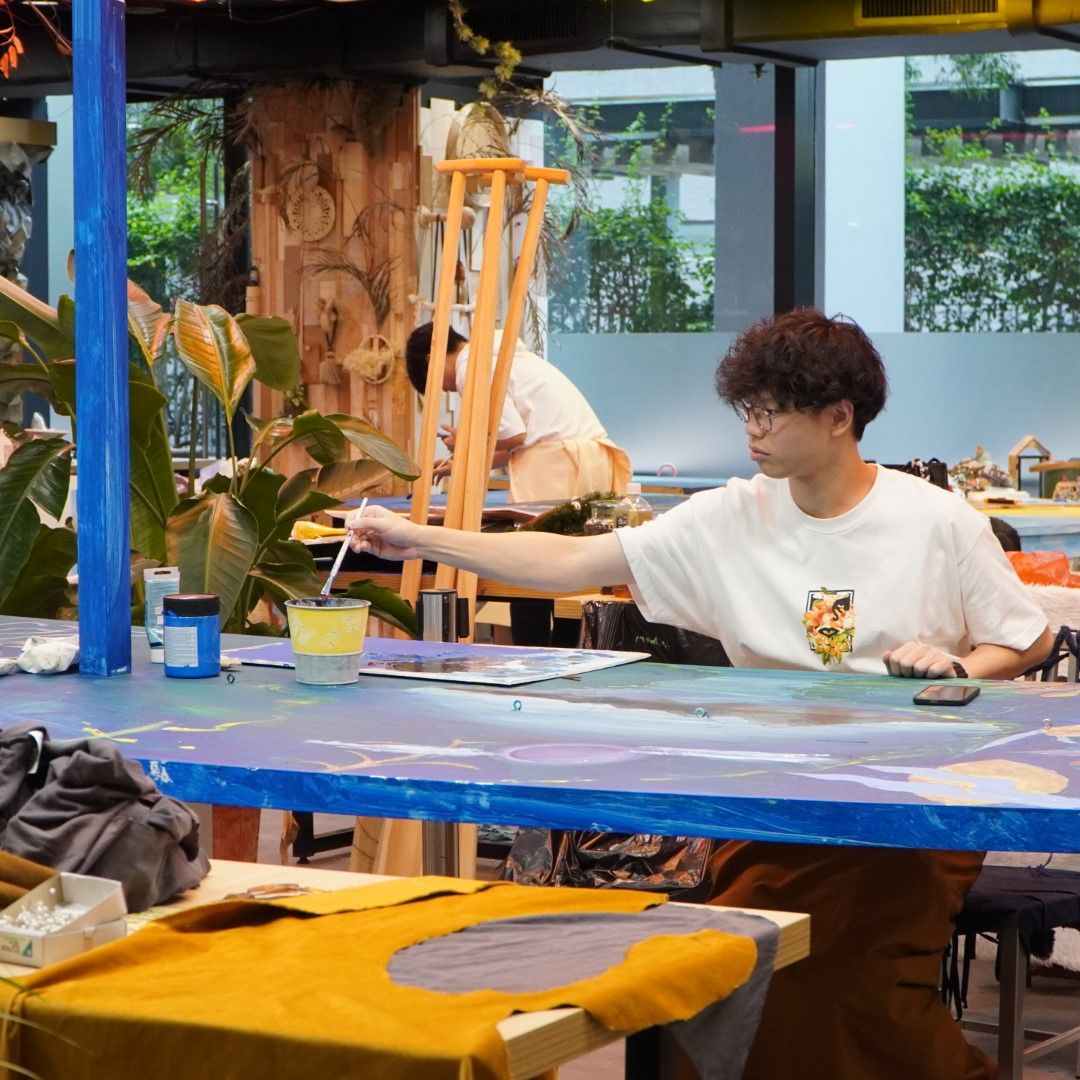
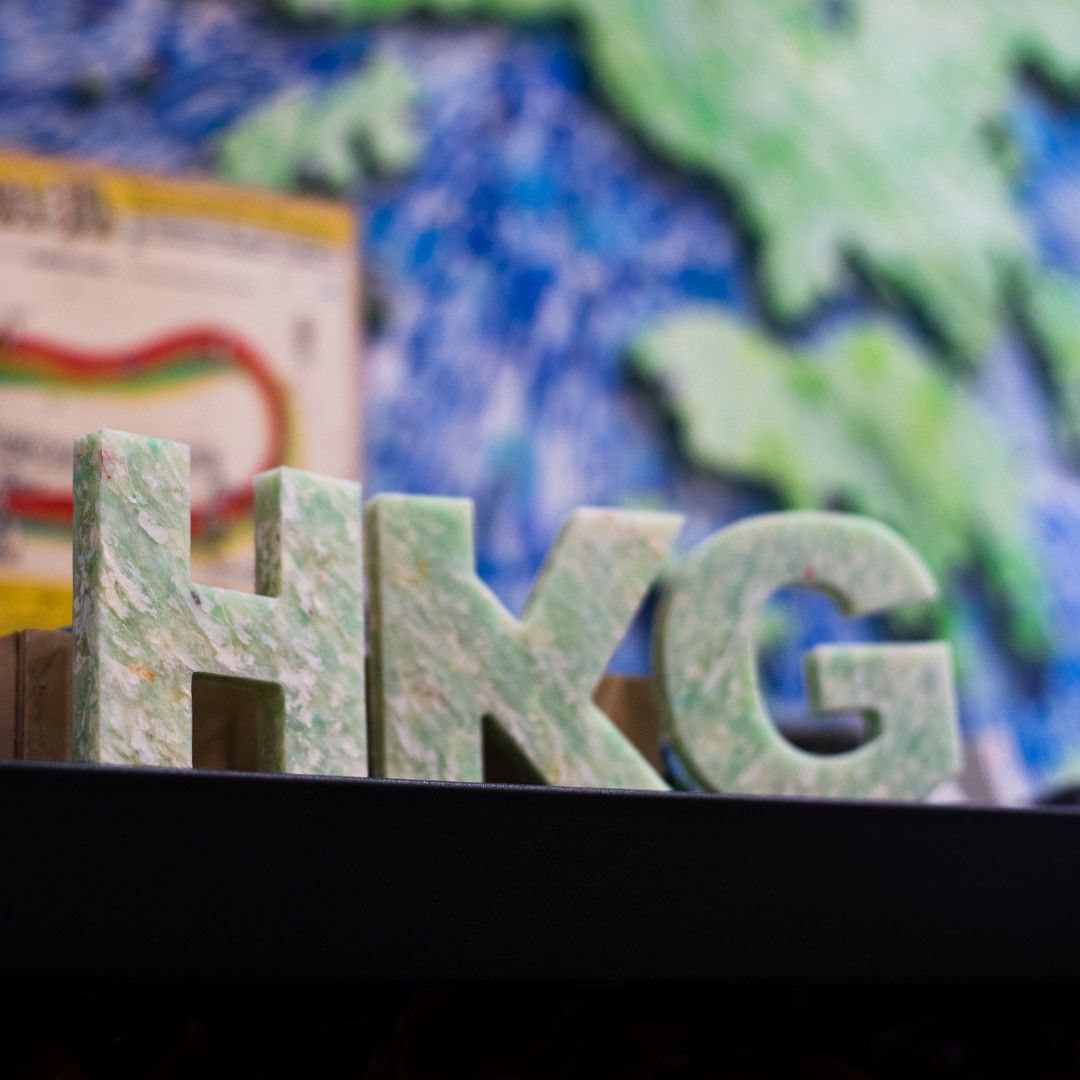

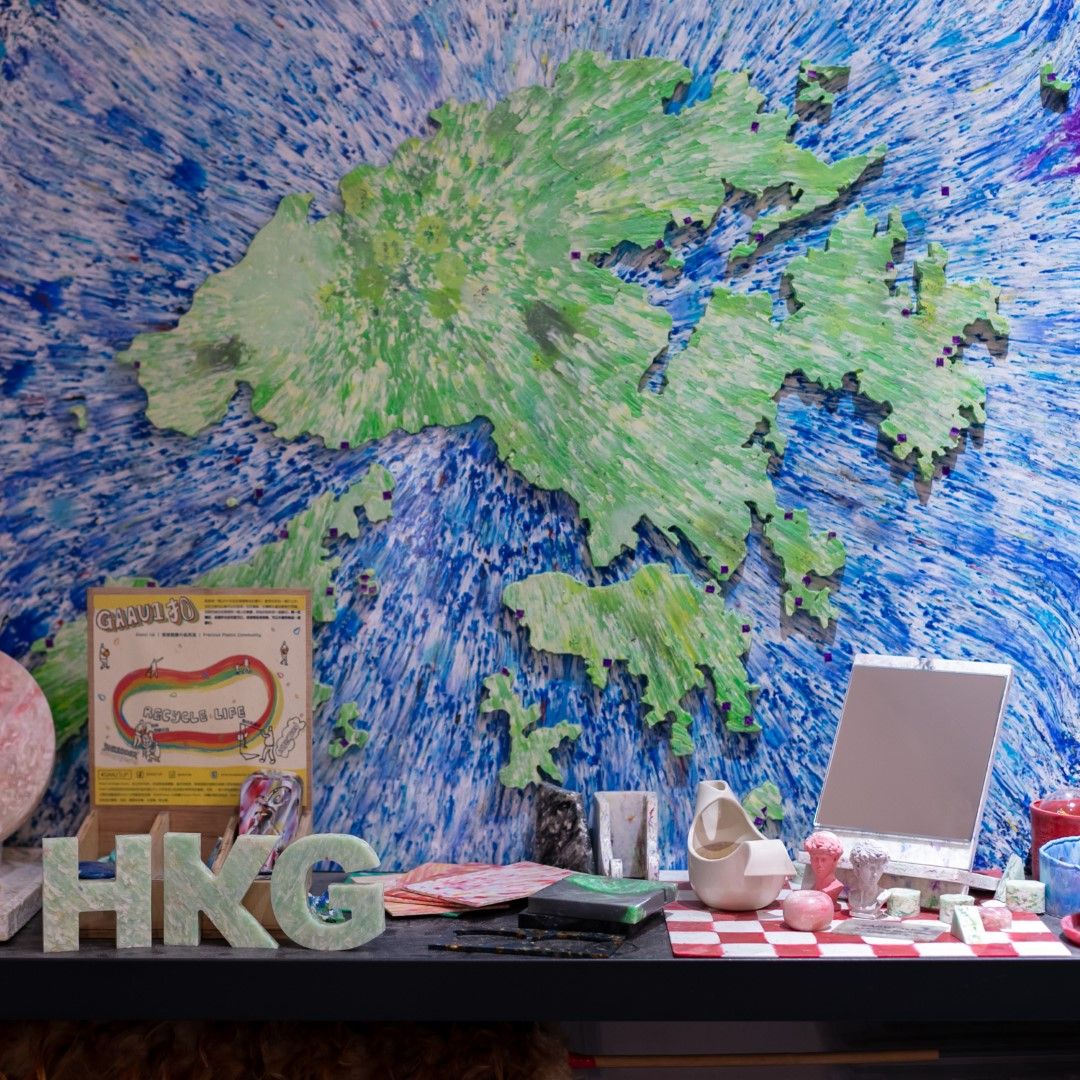
Small steps, big dreams
We found a pioneering spirit and a trial-and-error journey that requires ambition, passion and perseverance that requires people to sometimes even invent machines, techniques and procedures as they go. At Timberbank, Ricci Wong and his team relied on YouTube to teach themselves the art of carpentry. He now passes on his skills to a new generation of woodcrafters. This is much needed: with a steady supply of vast quantities of wood, his company is growing fast. Amit and Celine, the founders of Conspiracy Chocolate, also found a way to share the lessons they learned on the way: they organise training sessions for chefs on responsible sourcing and ESG/sustainability workshops for companies in the financial sector. The passionate GAAU1UP team continues to share their knowledge with newcomers on plastic recycling through workshops with schools and businesses and on Precious Plastic, an open-source, worldwide network sharing knowledge on machines, products, and recycling tools.

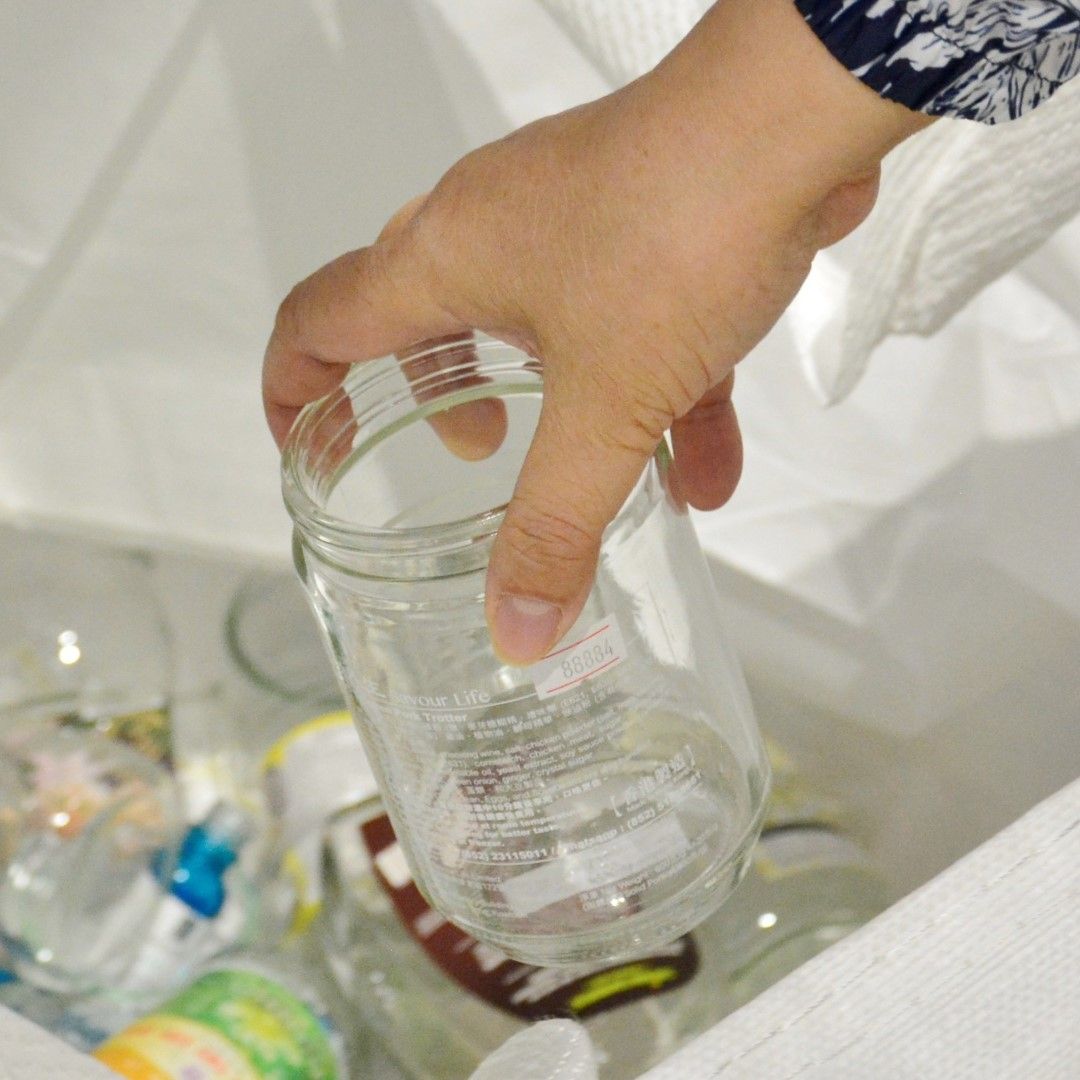

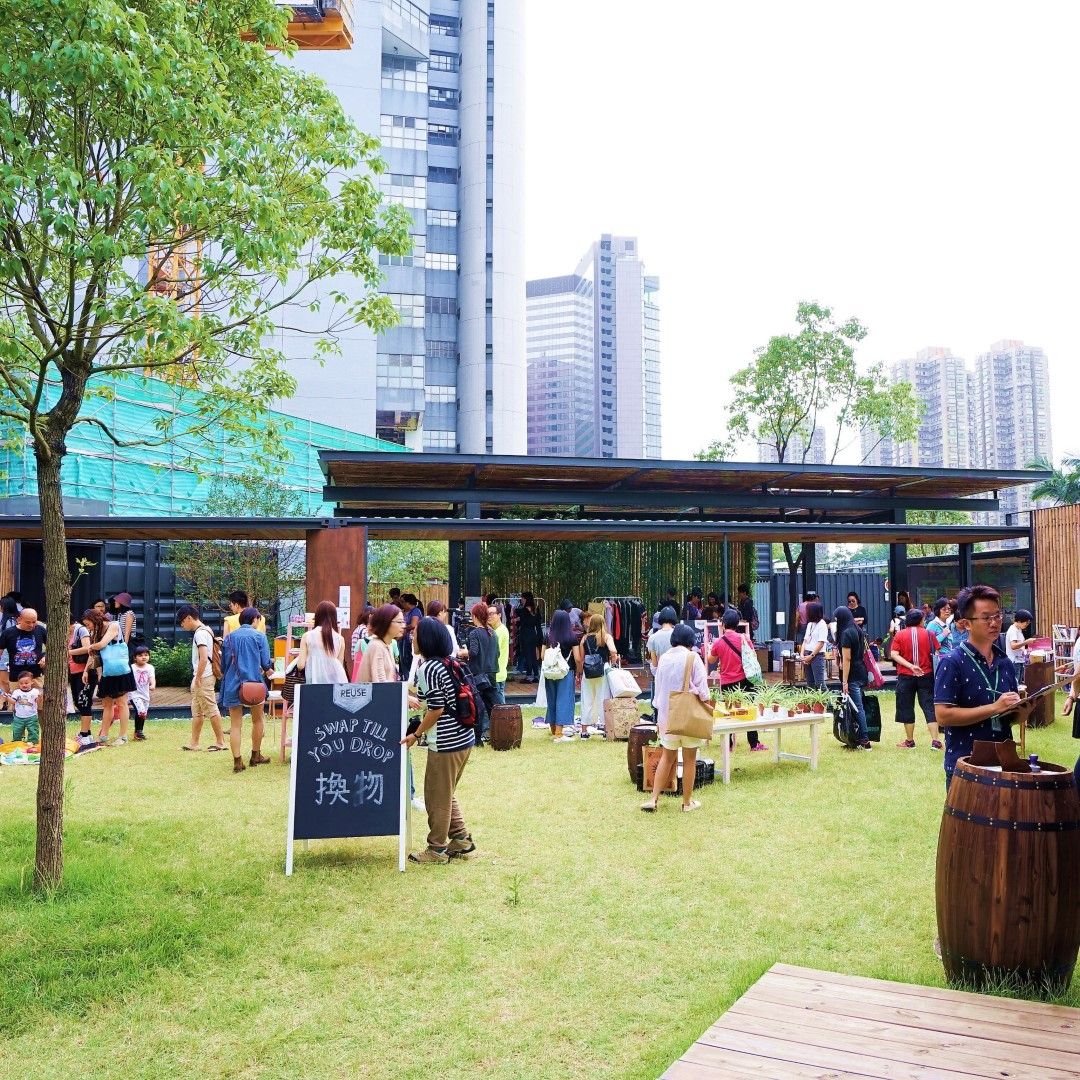

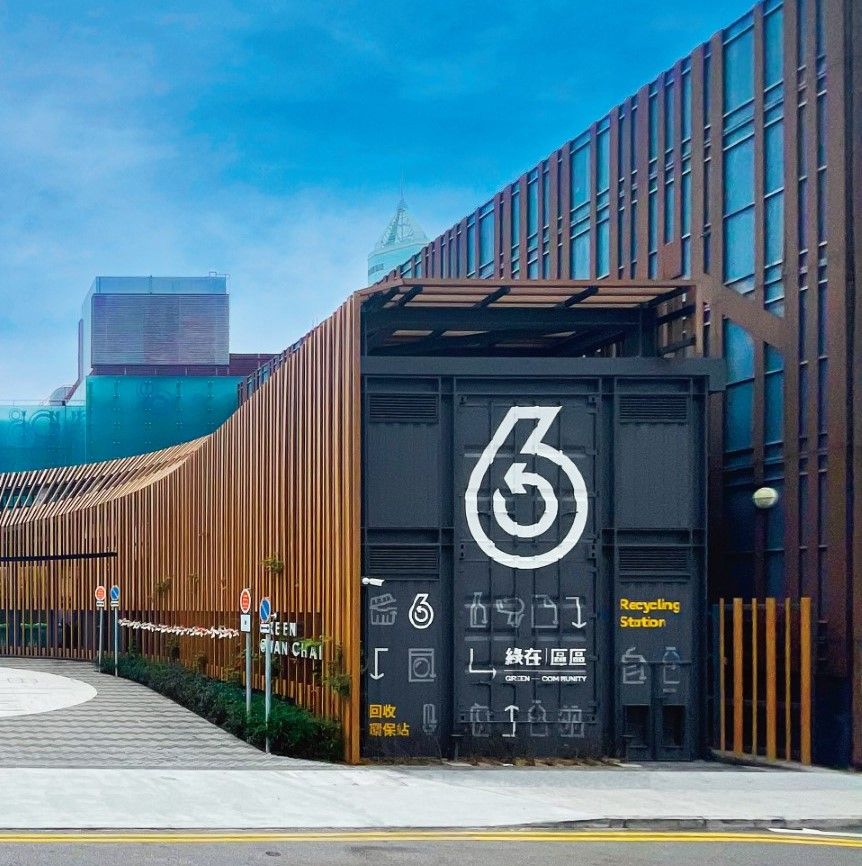
This sense of community, collaborative spirit and modesty is what Hong Kong's sustainable frontrunners have in common. The Hong Kong Circular Map is a celebration of their work. And it will hopefully contribute to knowledge exchange, inspiration, mutual support, and collaboration. We are also curious about what is happening in circularity in other cities and dream of a series of Circular City Maps across Asia—and beyond.
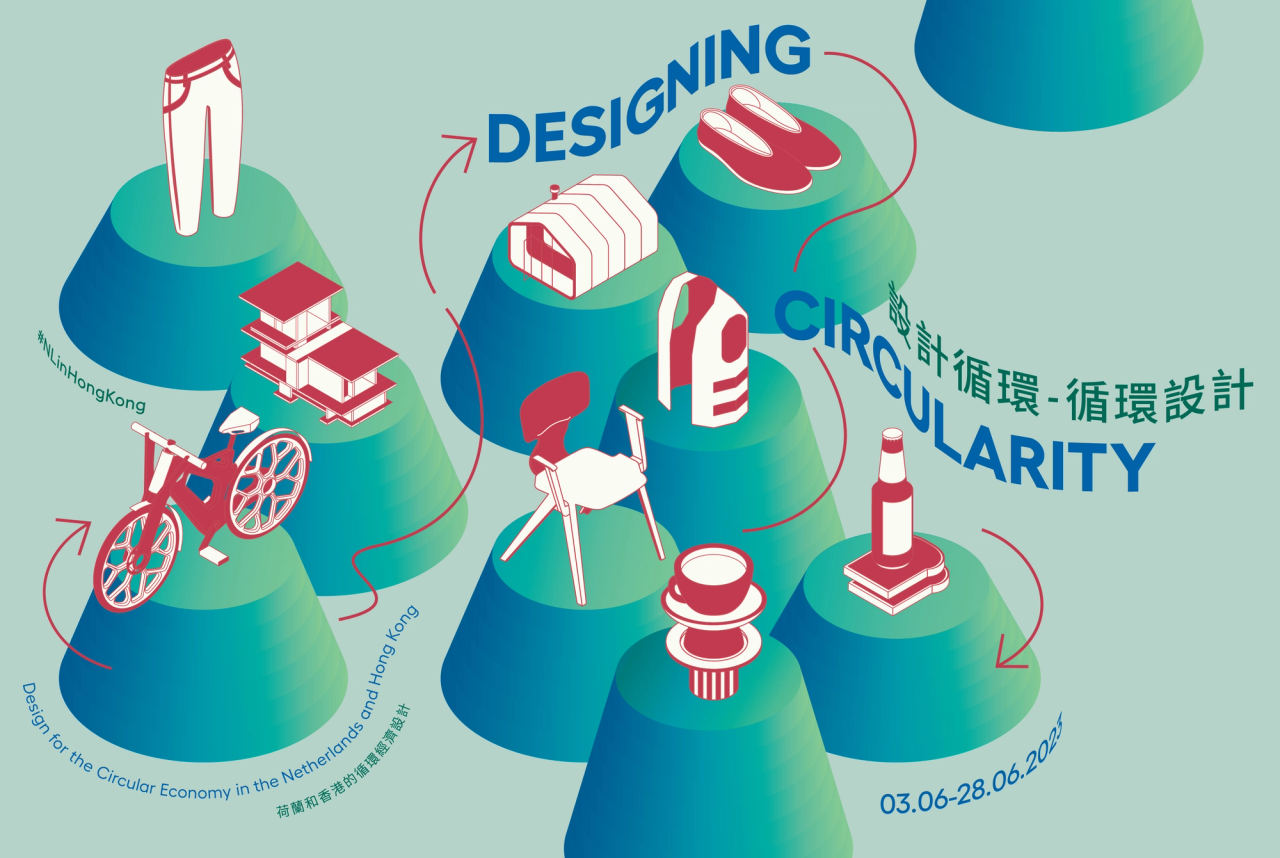
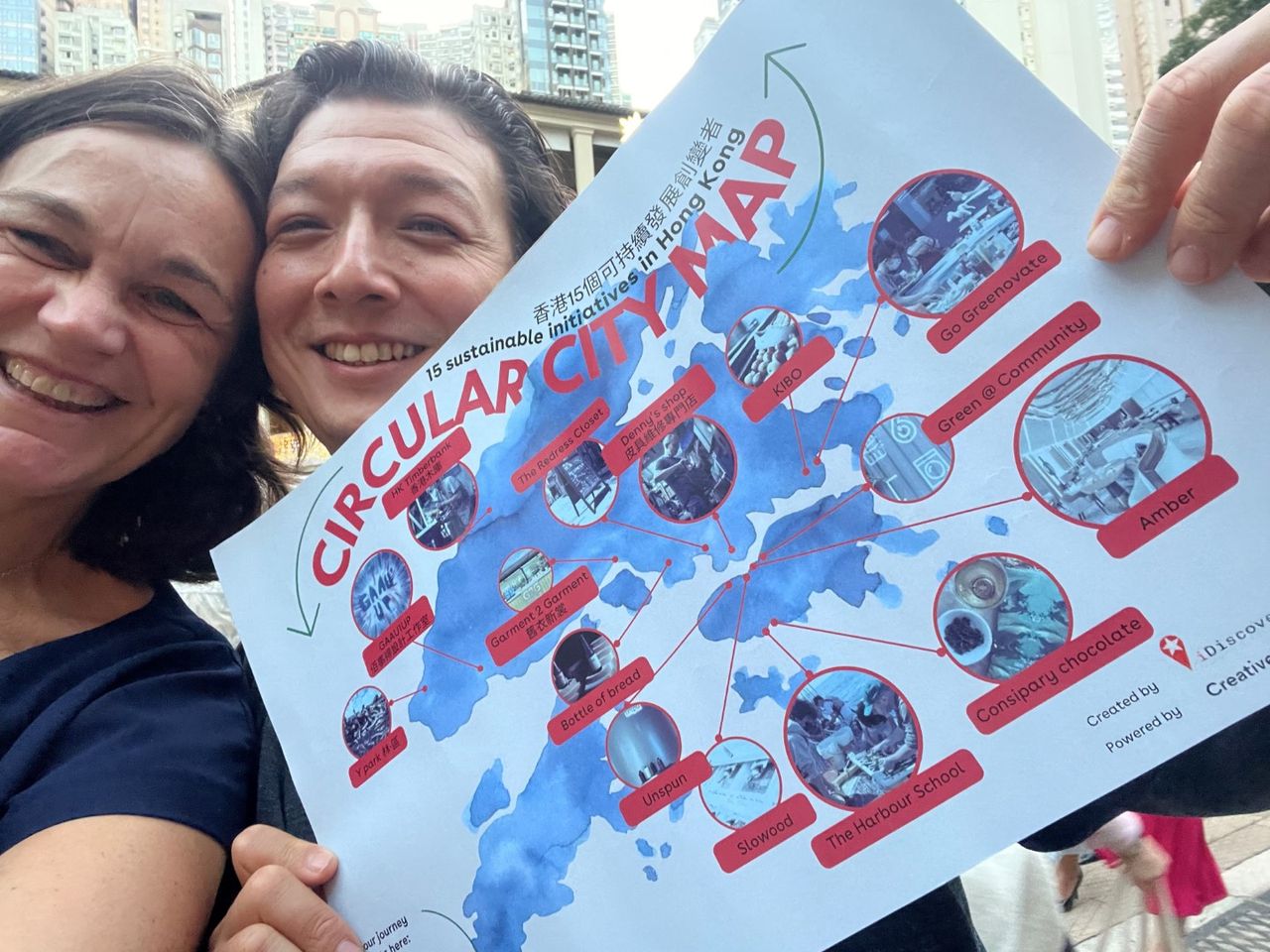
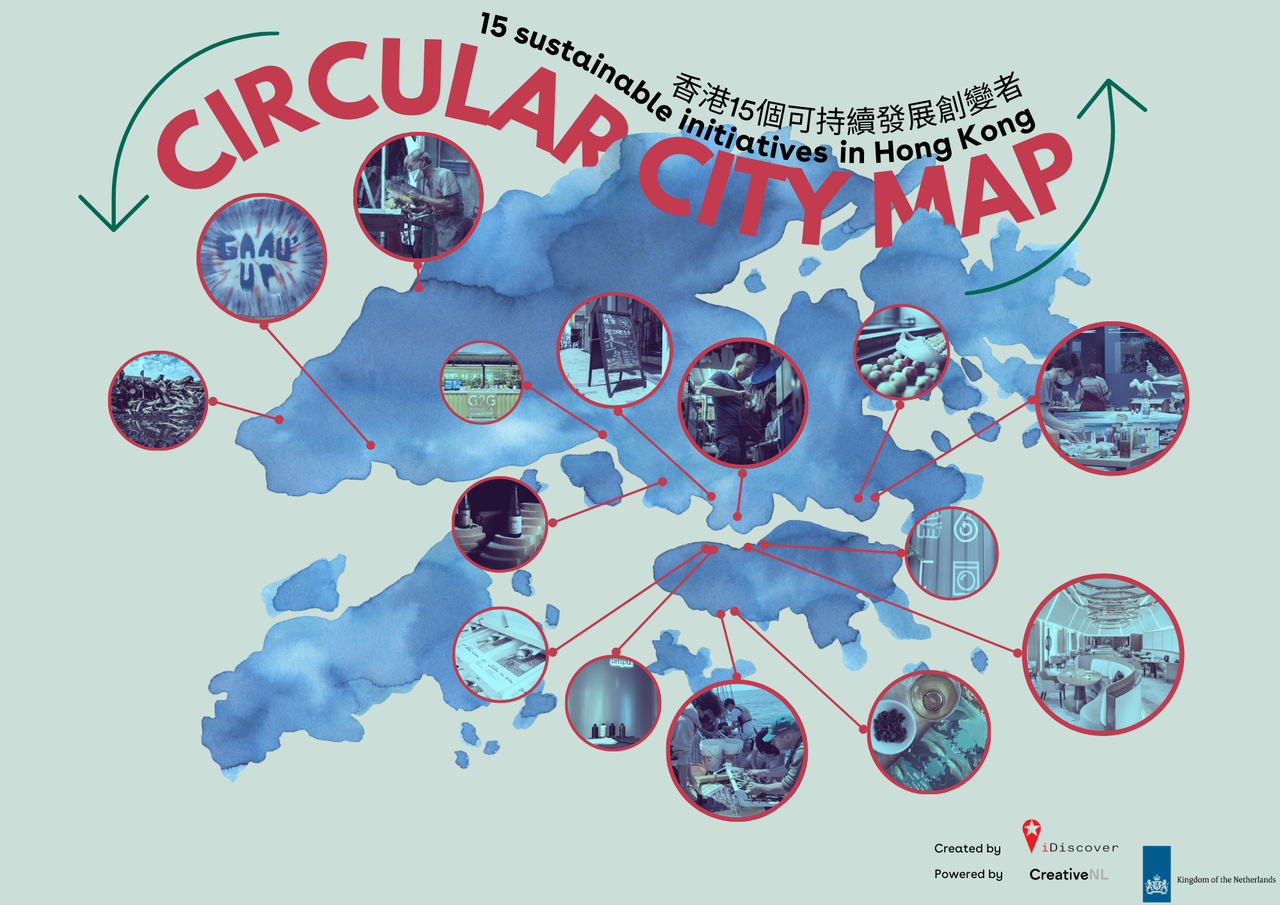
The Circular City Map was a highlight of the 2023 Hong Kong Business of Design Week. A huge thank you to all who have contributed to this project, especially to the Dutch Consulate and CreativeNL for their support and trust in the project.
Credits
Powered by


Words by

Photos by
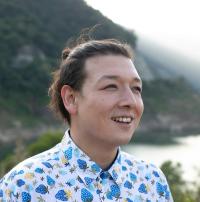
About
Consulate of the Netherlands
The Consulate General represents the Kingdom of the Netherlands in Hong Kong. Aspiring to inspire and work together to solve global challenges, whether in government, business or academia.
www.netherlandsandyou.nl/web/hong-kongCreative NL
CreativeNL aims to bring together design thinkers and doers around the world to turn ideas into actions that contribute to a strong Dutch creative sector and more beautiful world.
creativenl.nlCharlot Teng
Charlot is a Dutch-born, Hong Kong based urban planner and facilitator. With iDiscover she reveals layers of the city, building on strong roots as well as future-oriented alliances.
www.linkedin.com/in/charlottengJoshua Wolper
Joshua Wolper is a Hong Kong-based filmmaker, photographer, theatre practitioner, and arts educator. With his company Shutter Leaf Productions, he has been involved in theatrical and film projects of all scales, from facilitating underprivileged children to devise drama pieces, to working on Hollywood productions. Tangible and intangible heritage, agriculture, and biophilia are dominant themes explored in his digital media work.
@shutterleafproductions